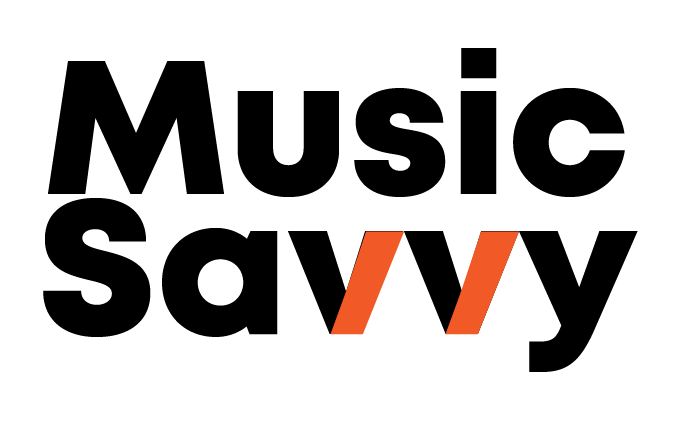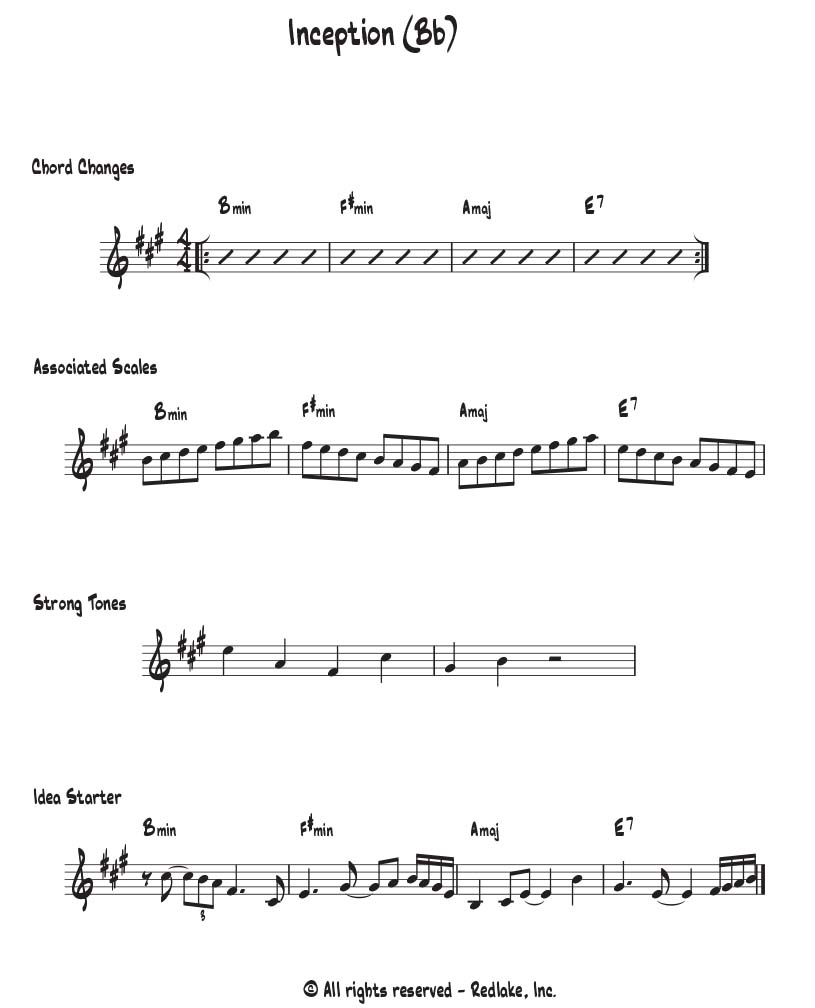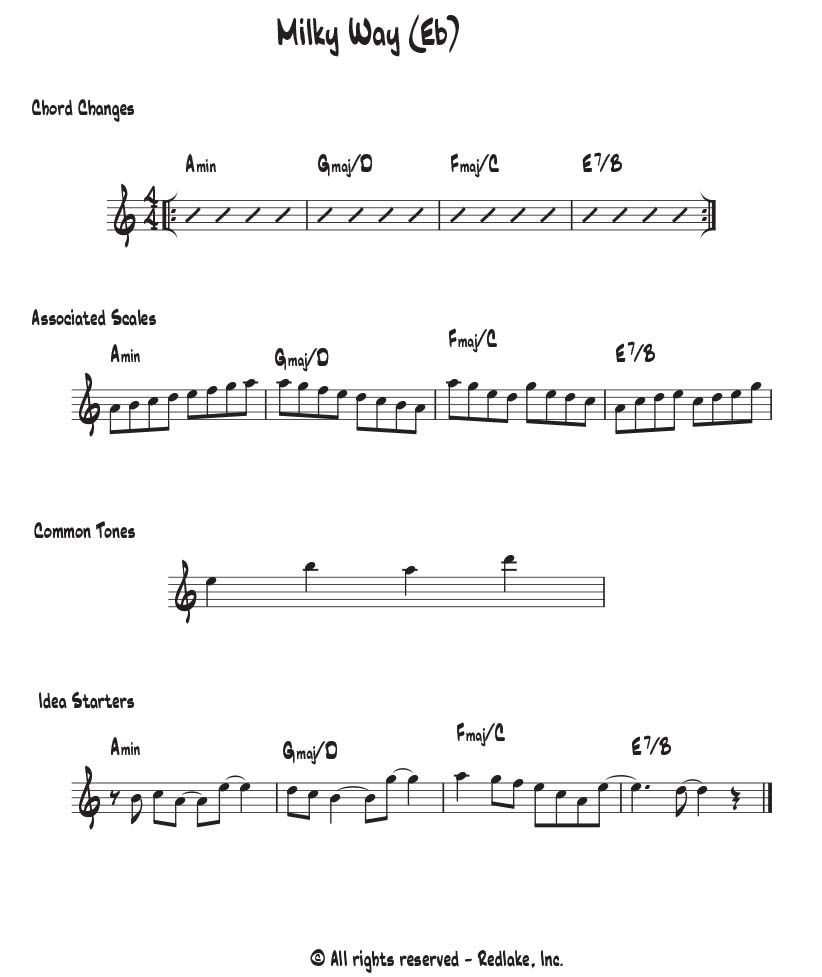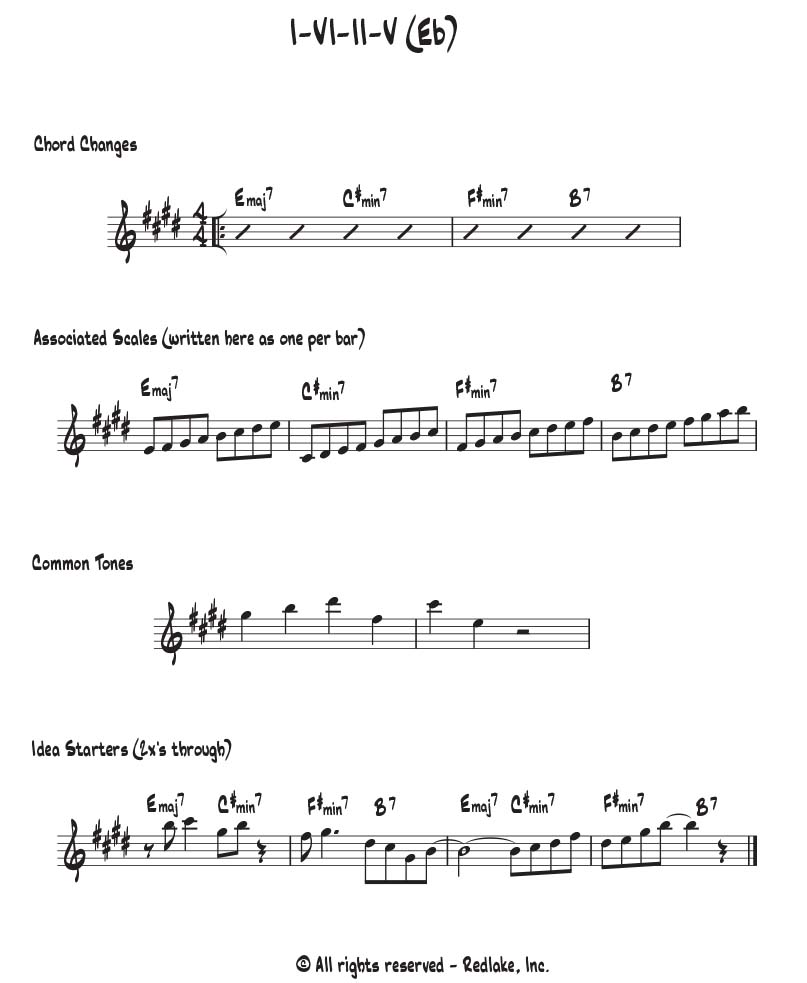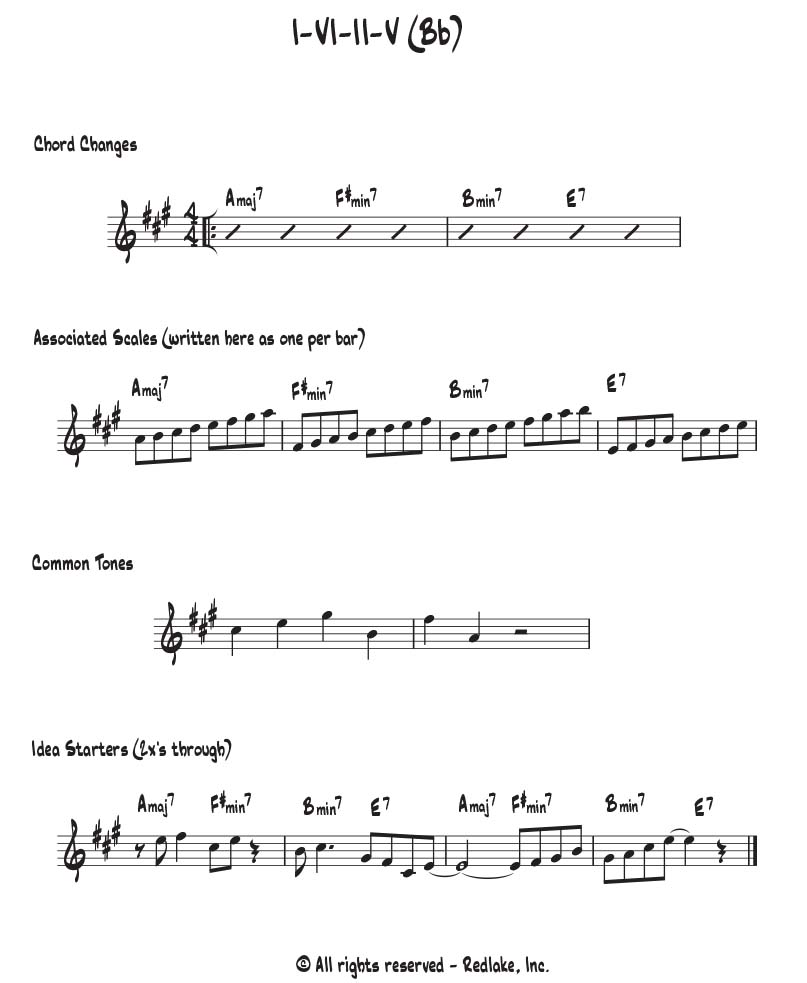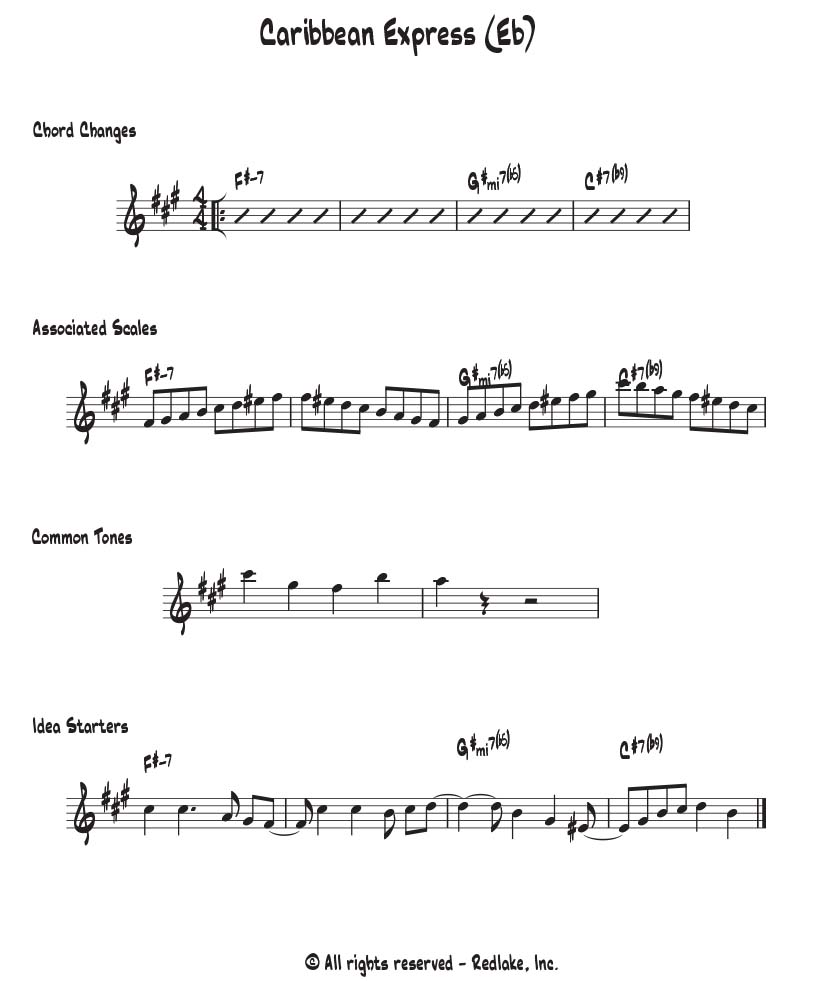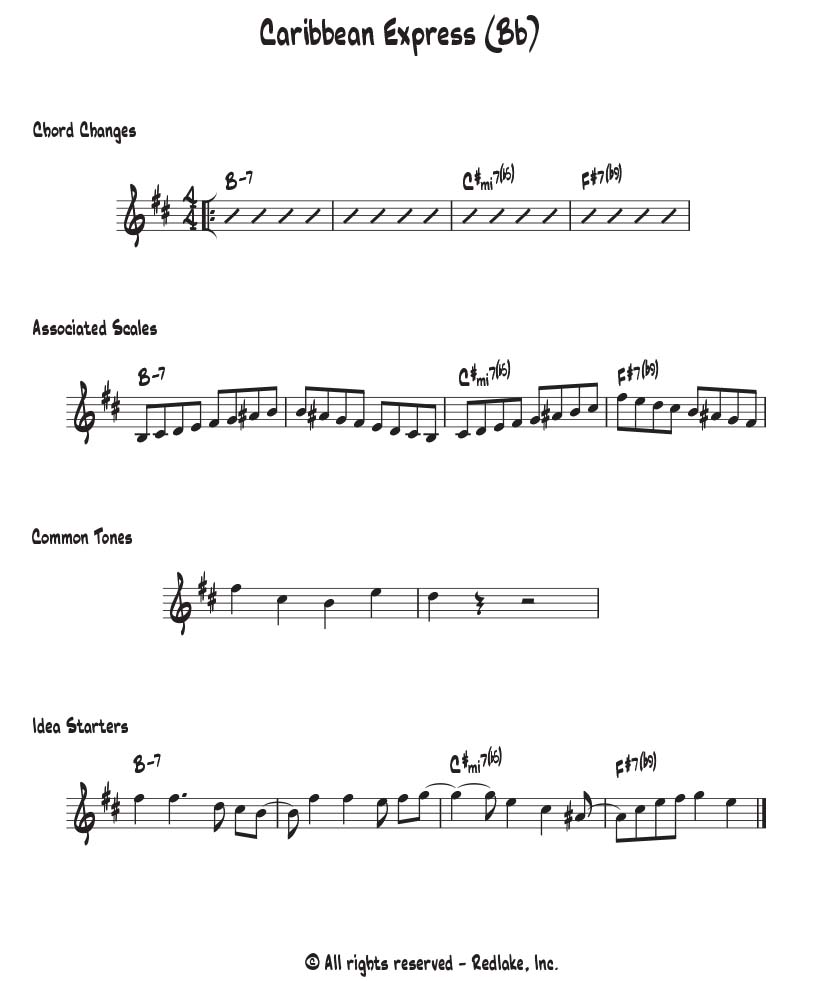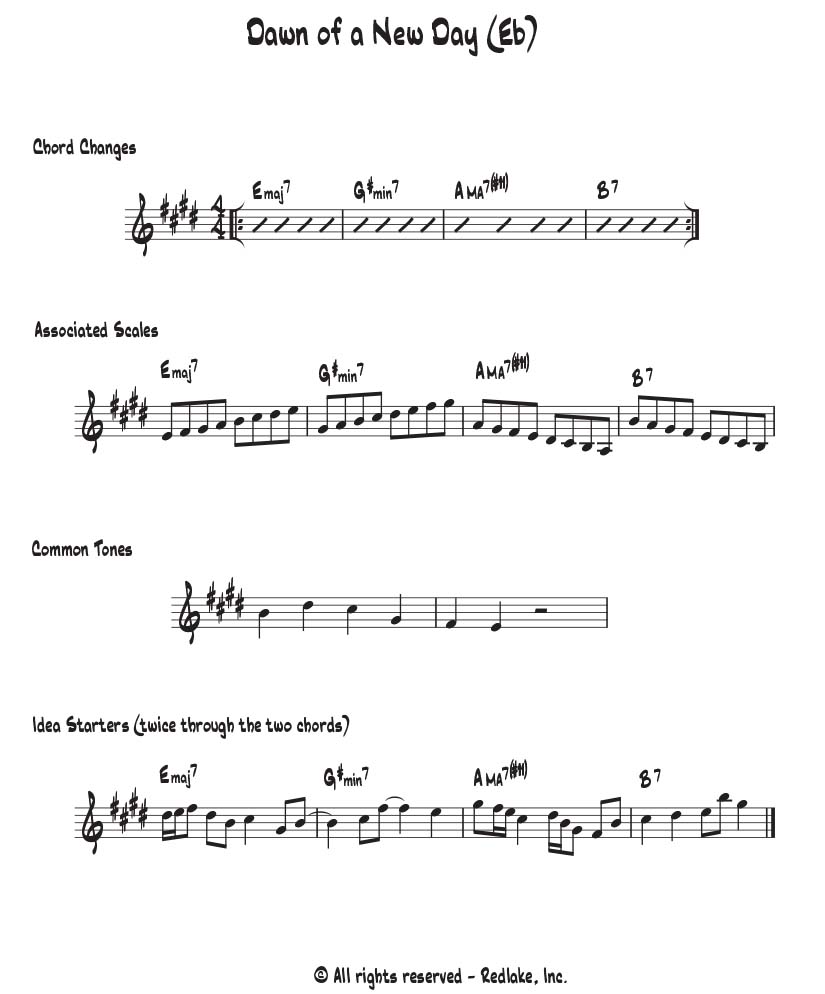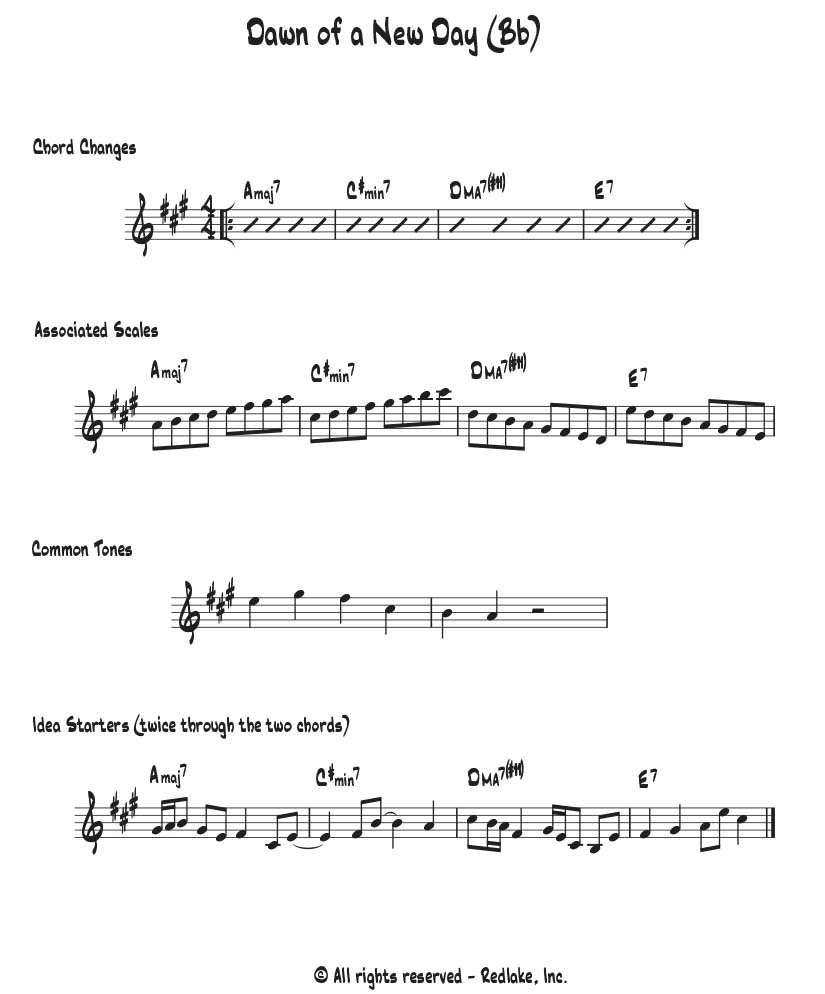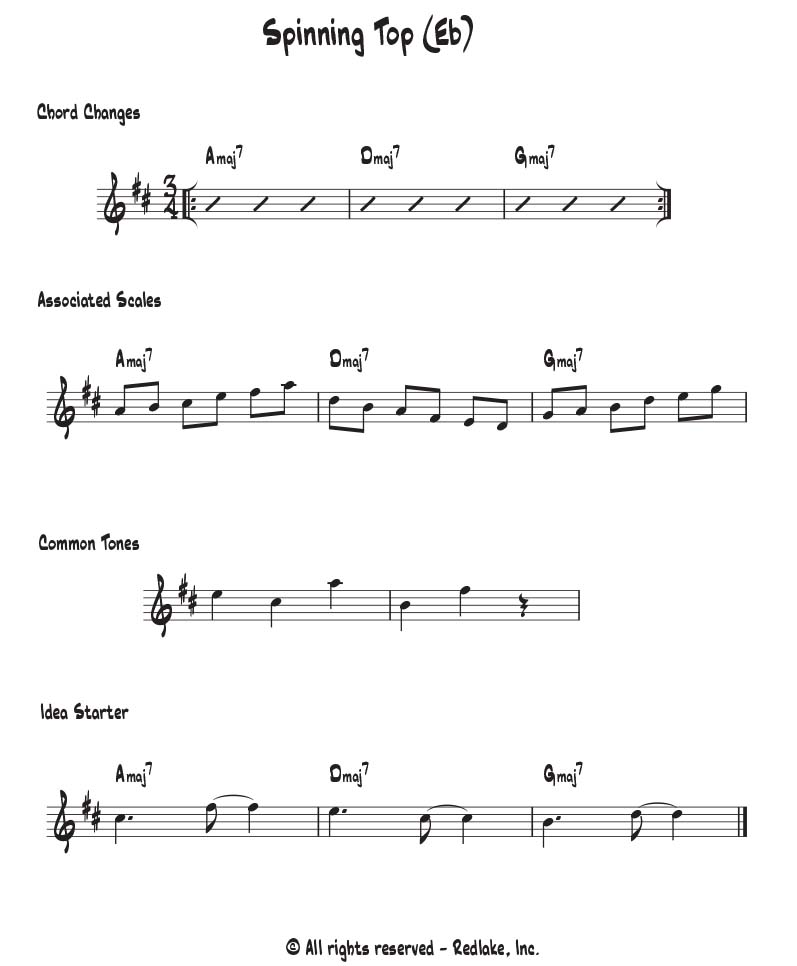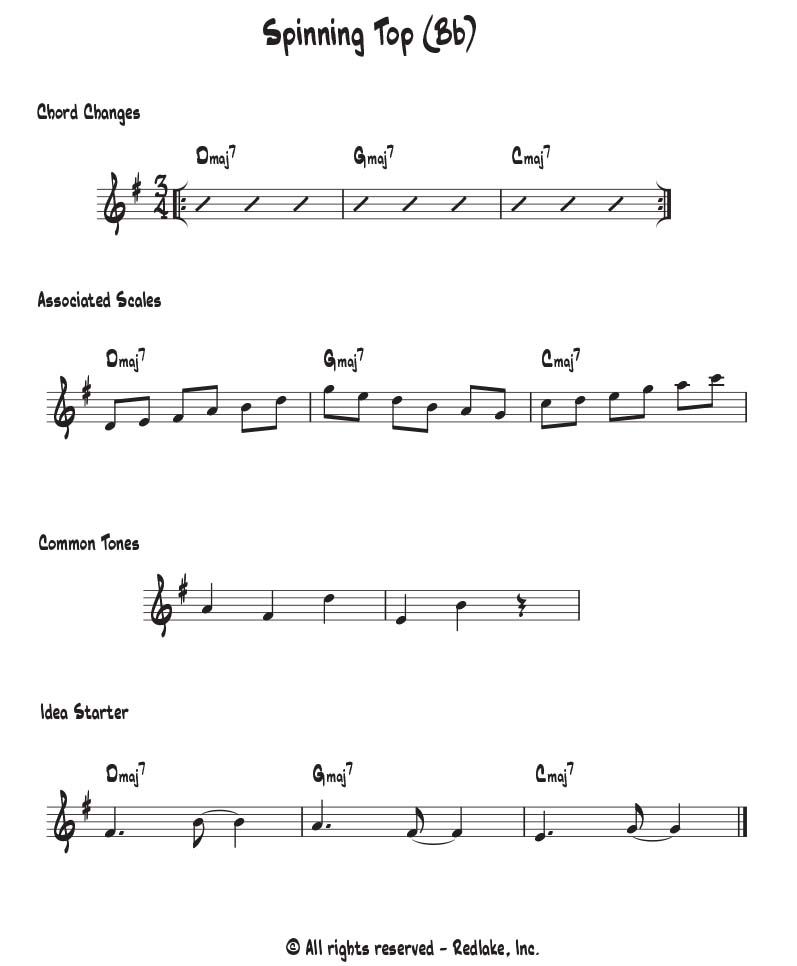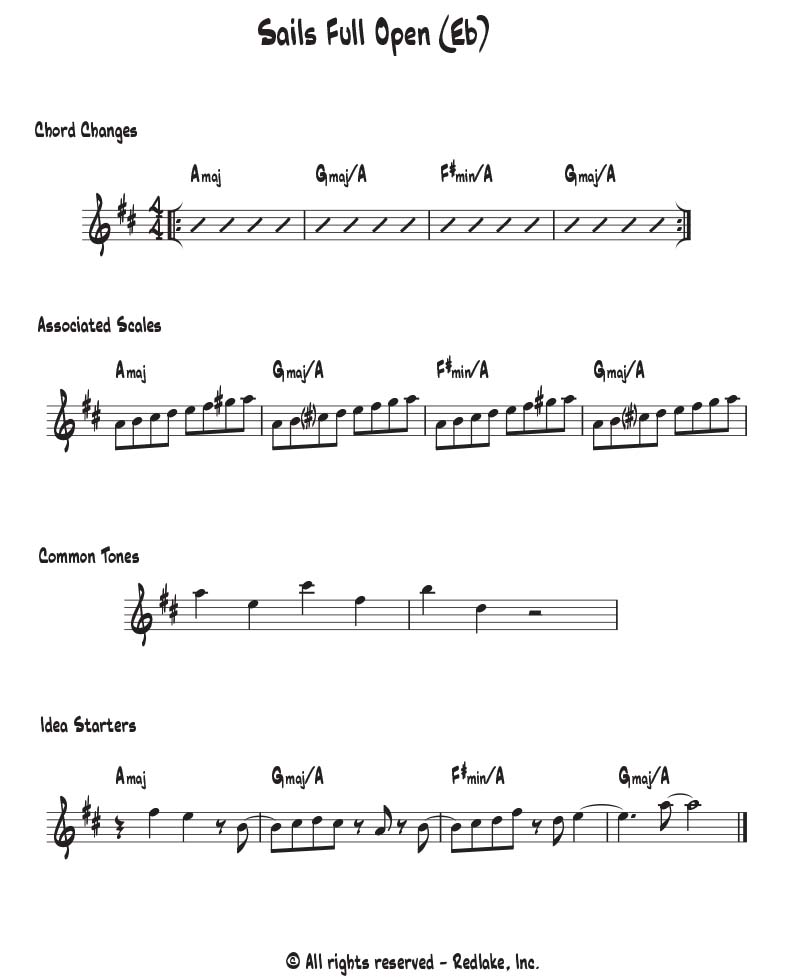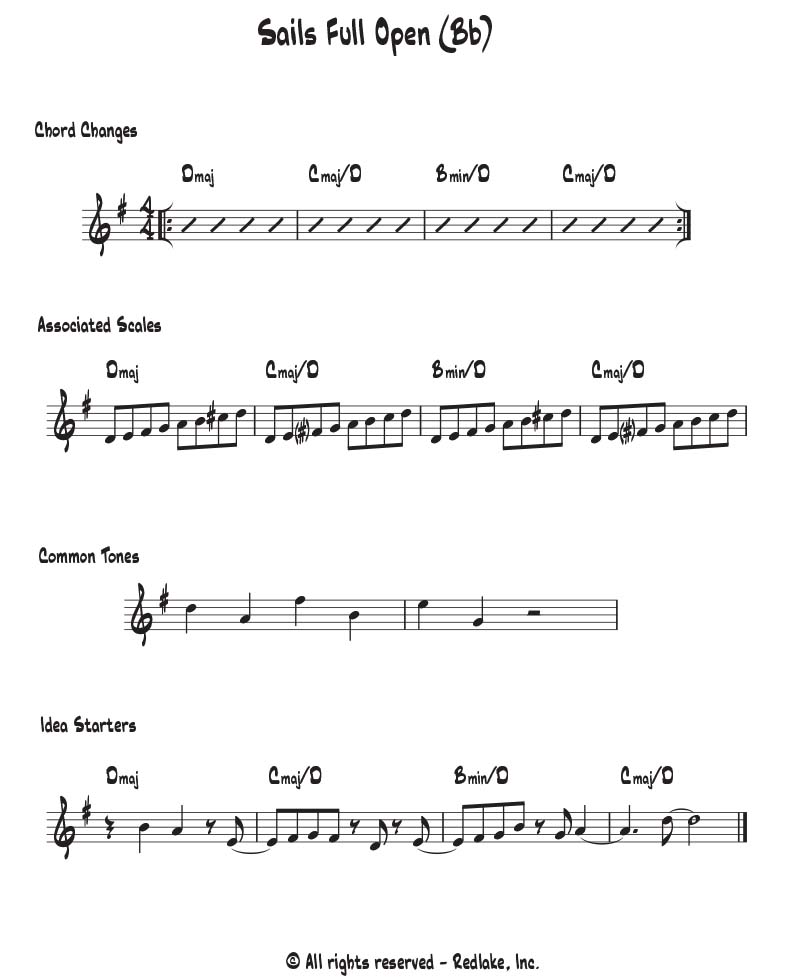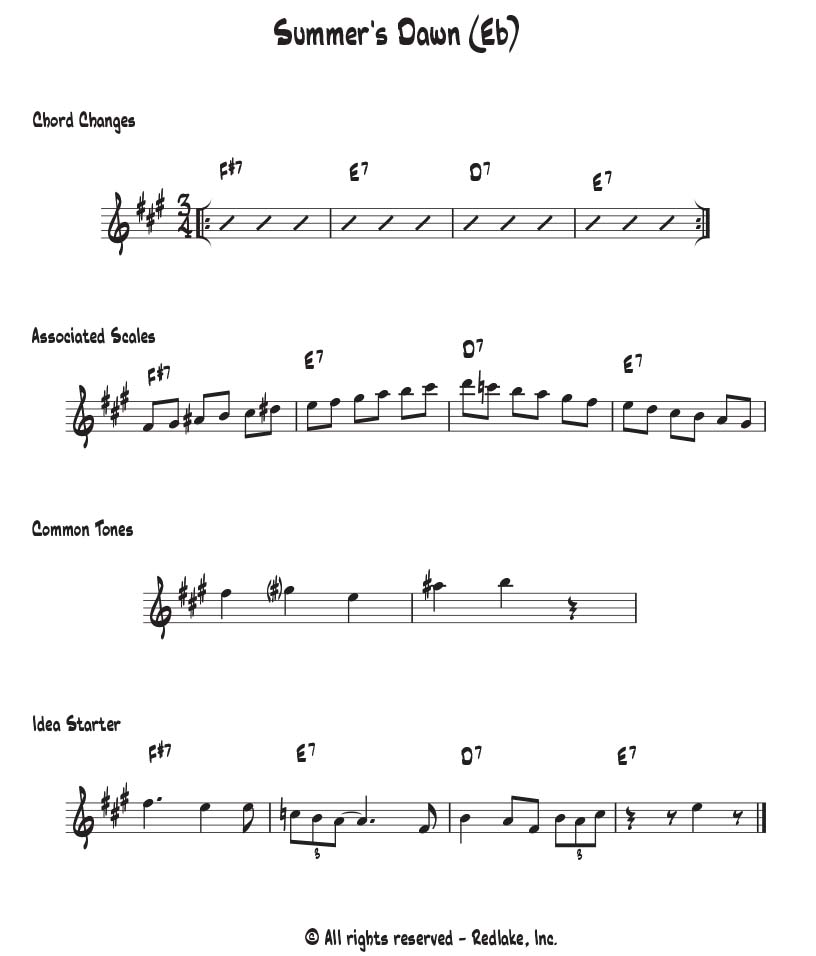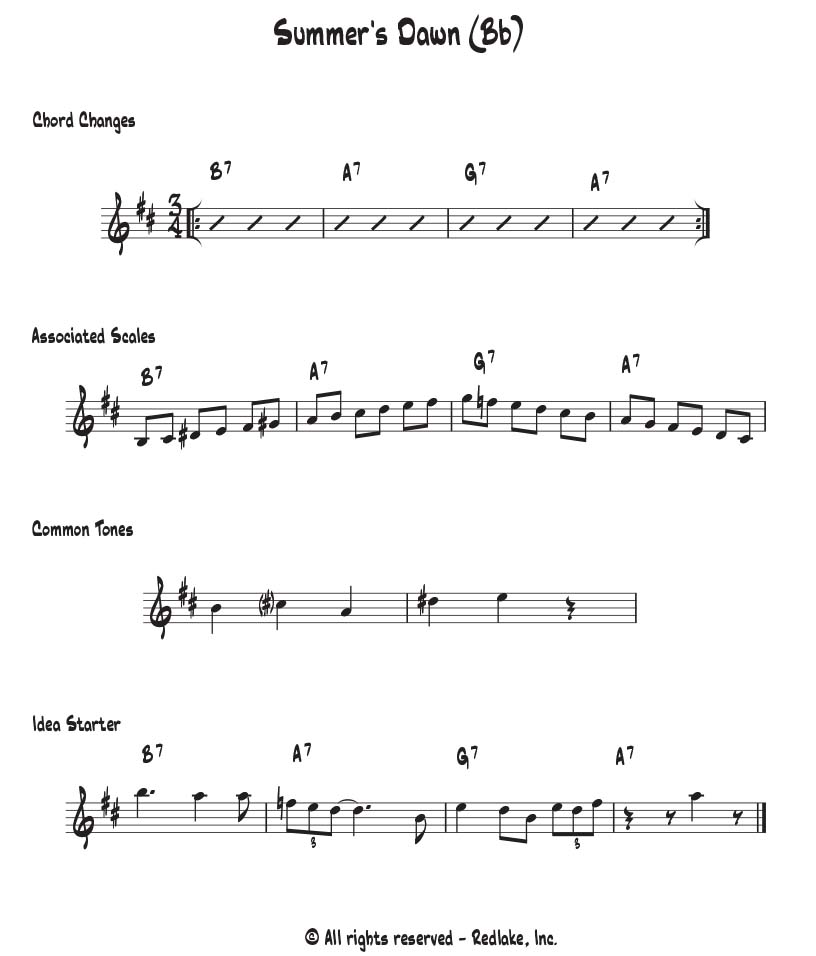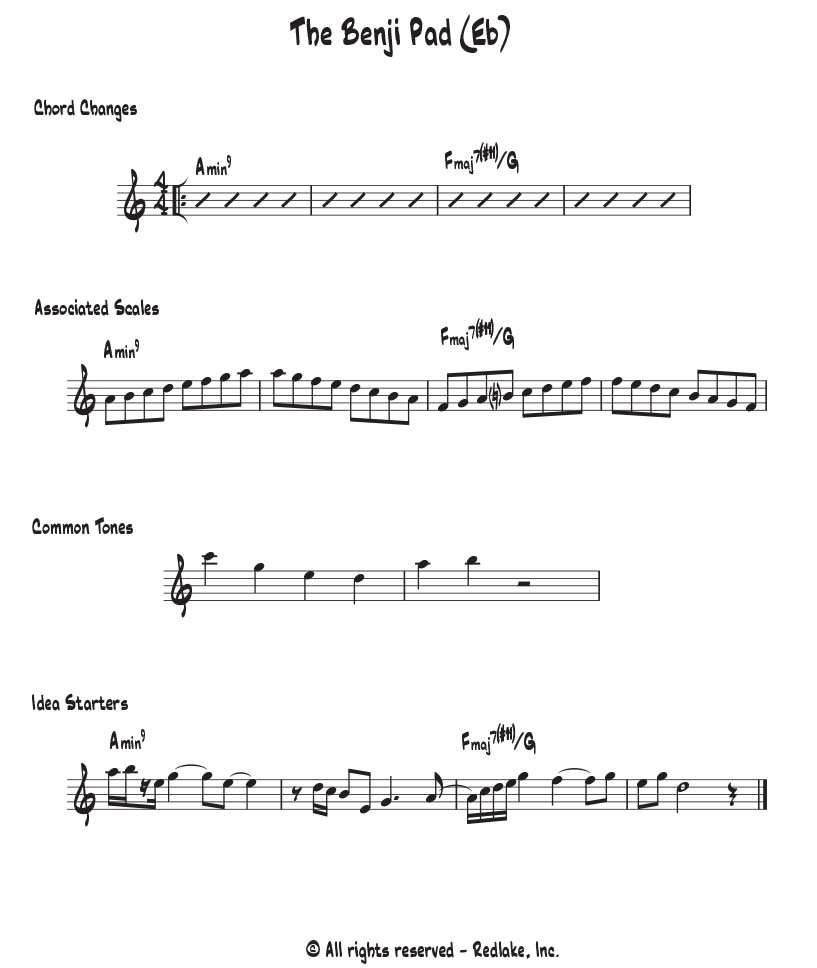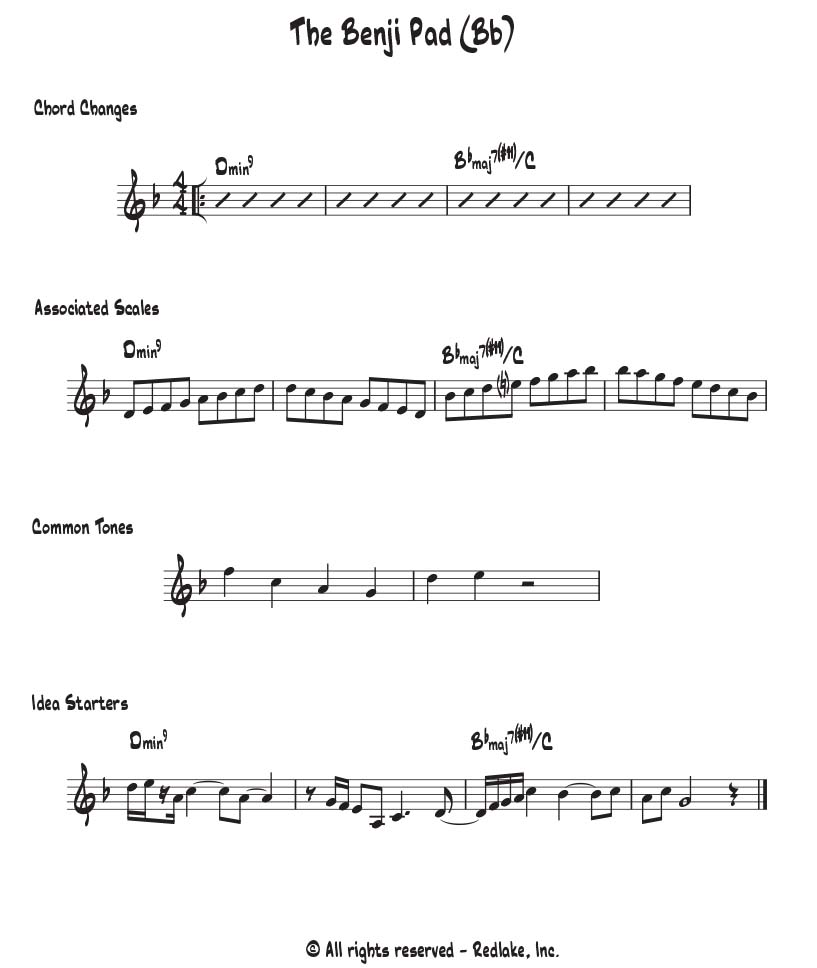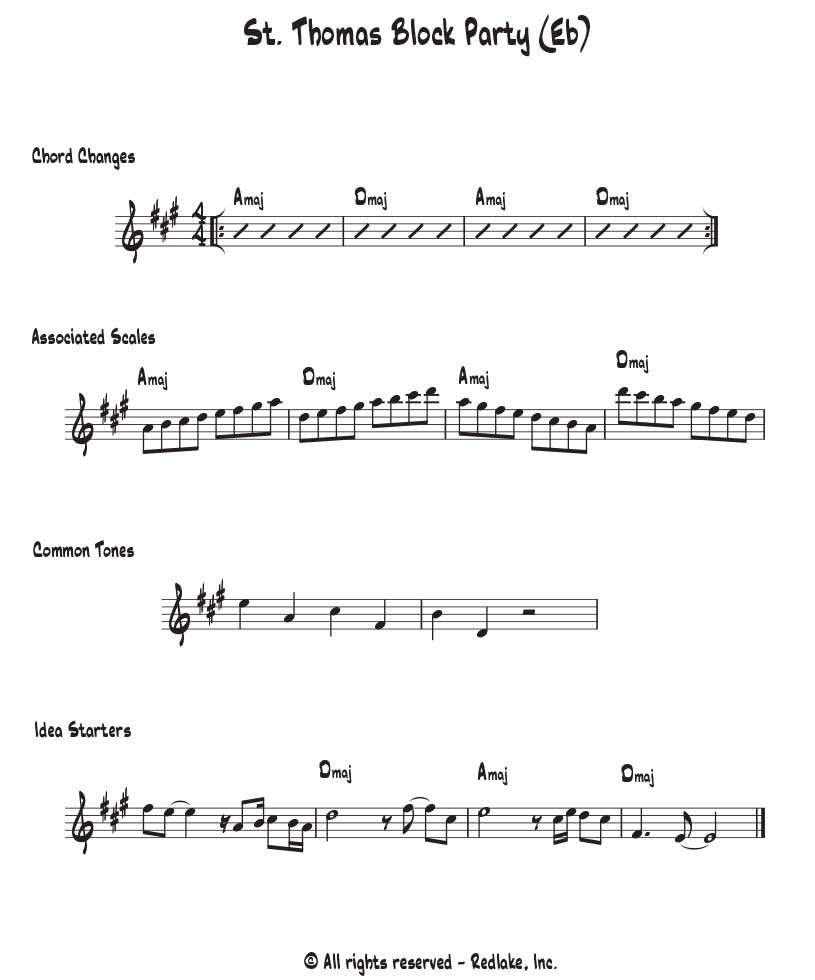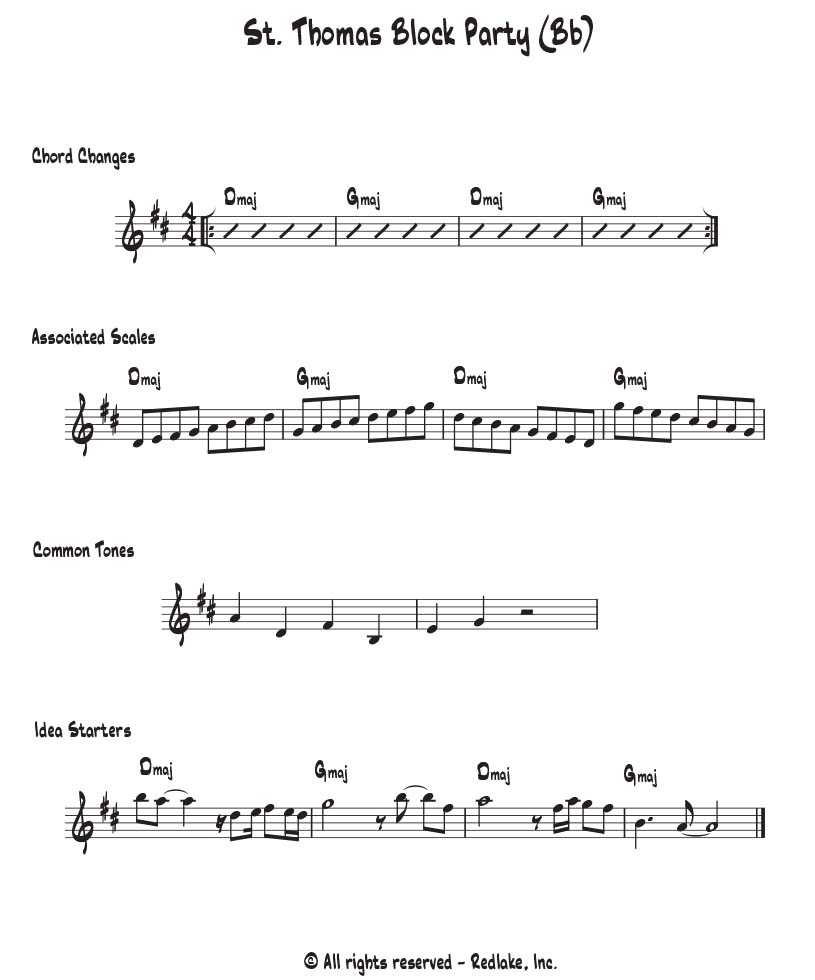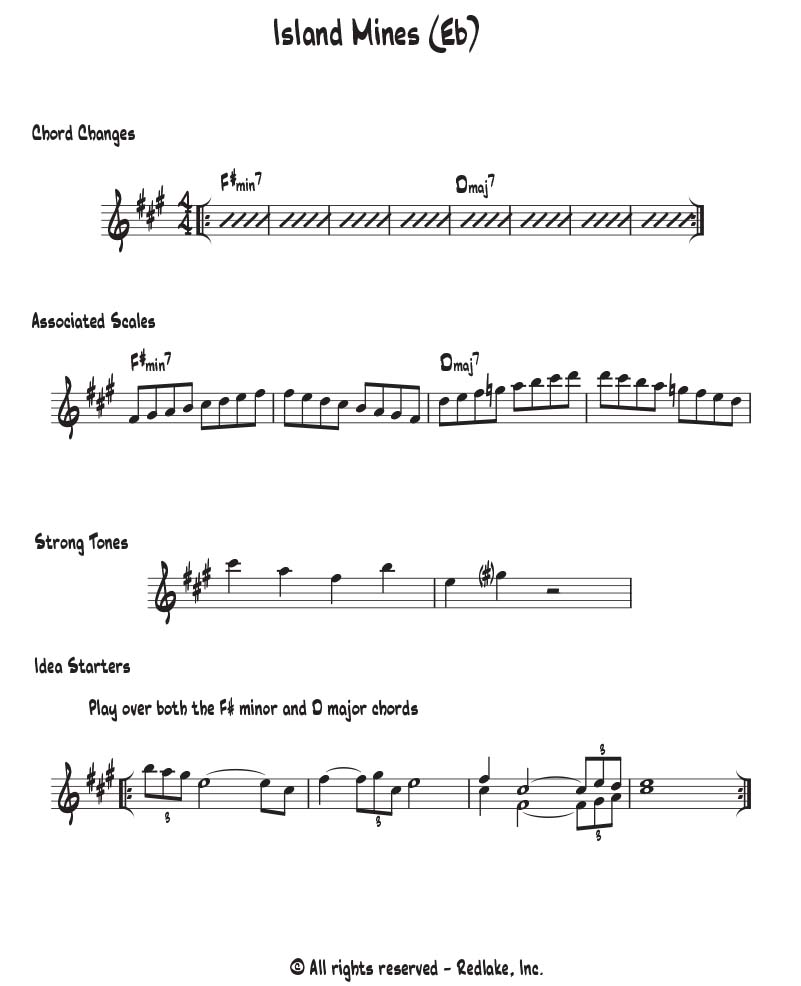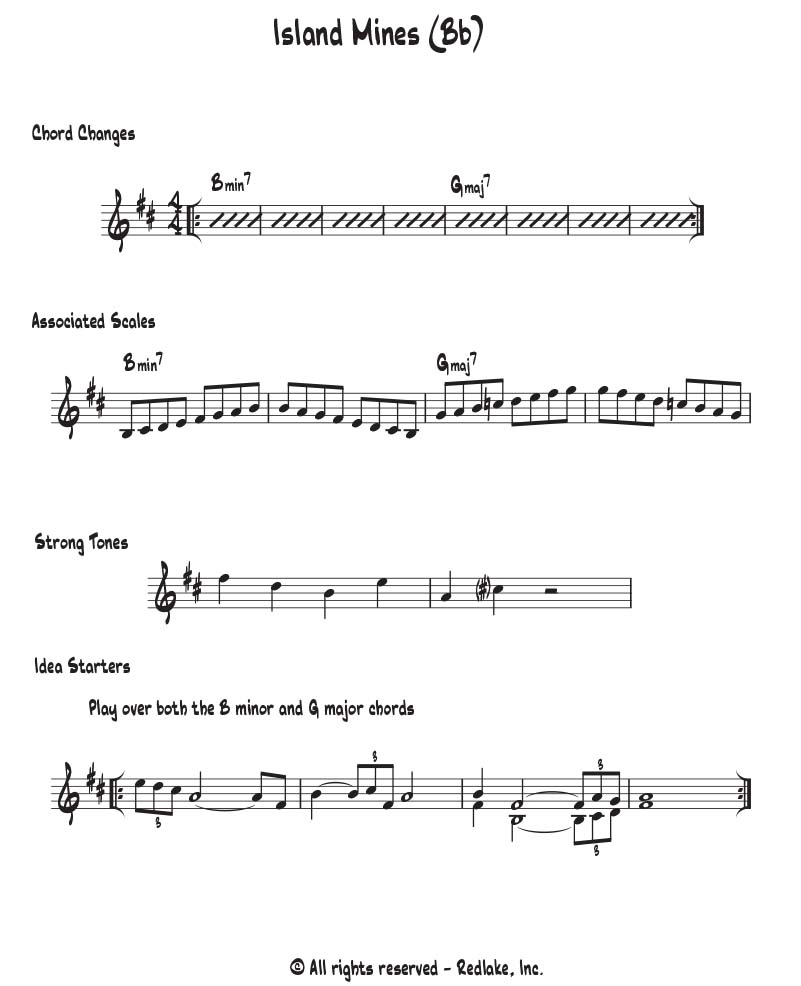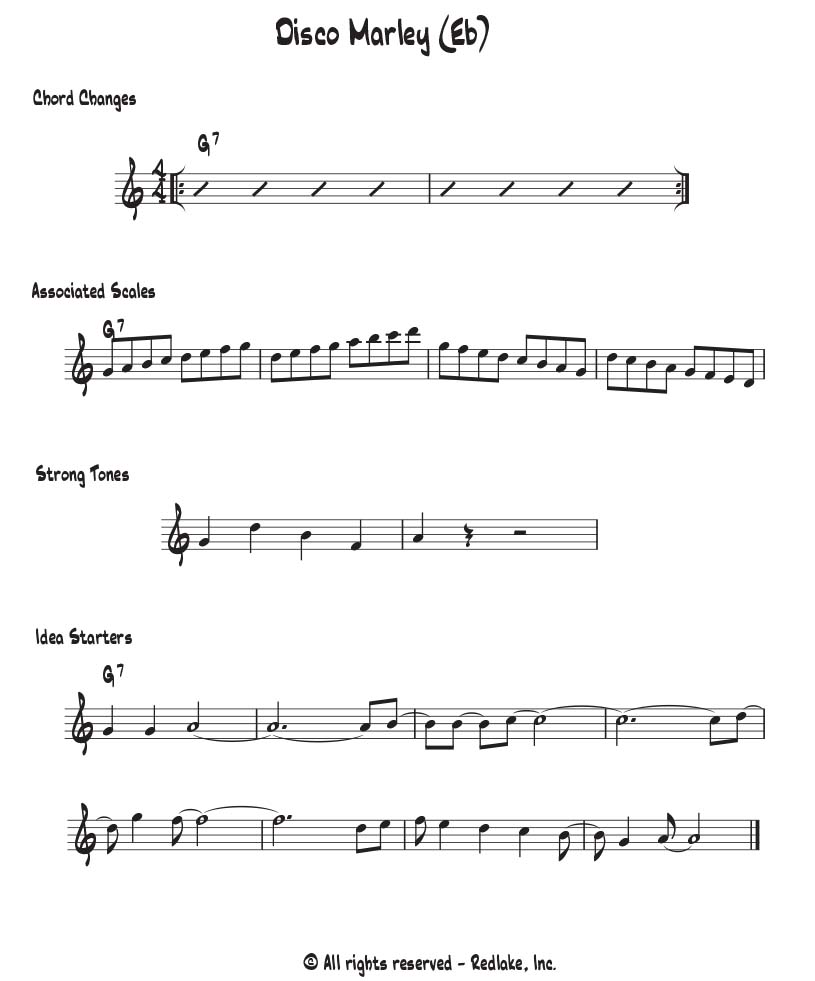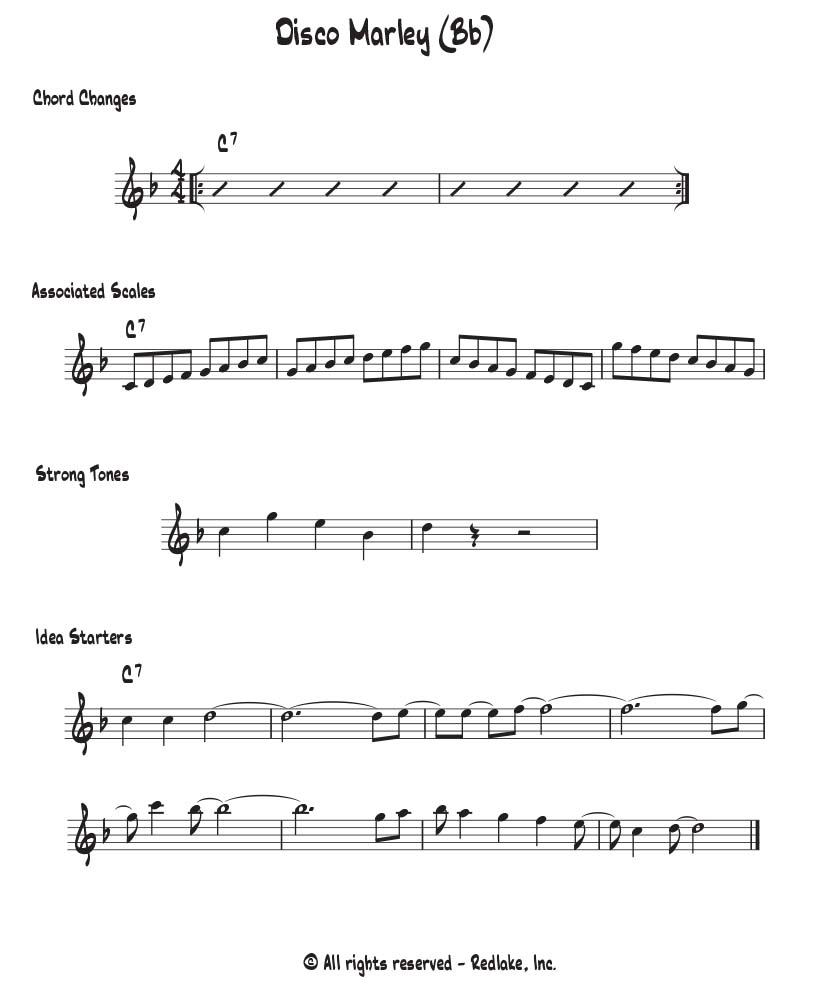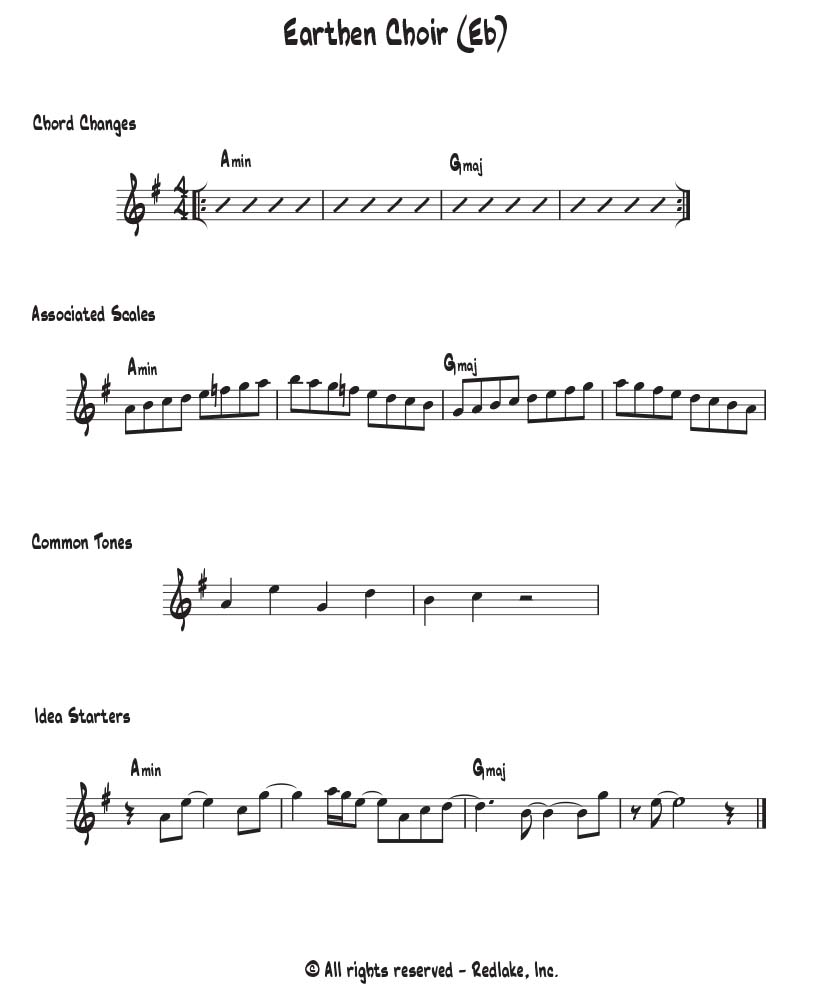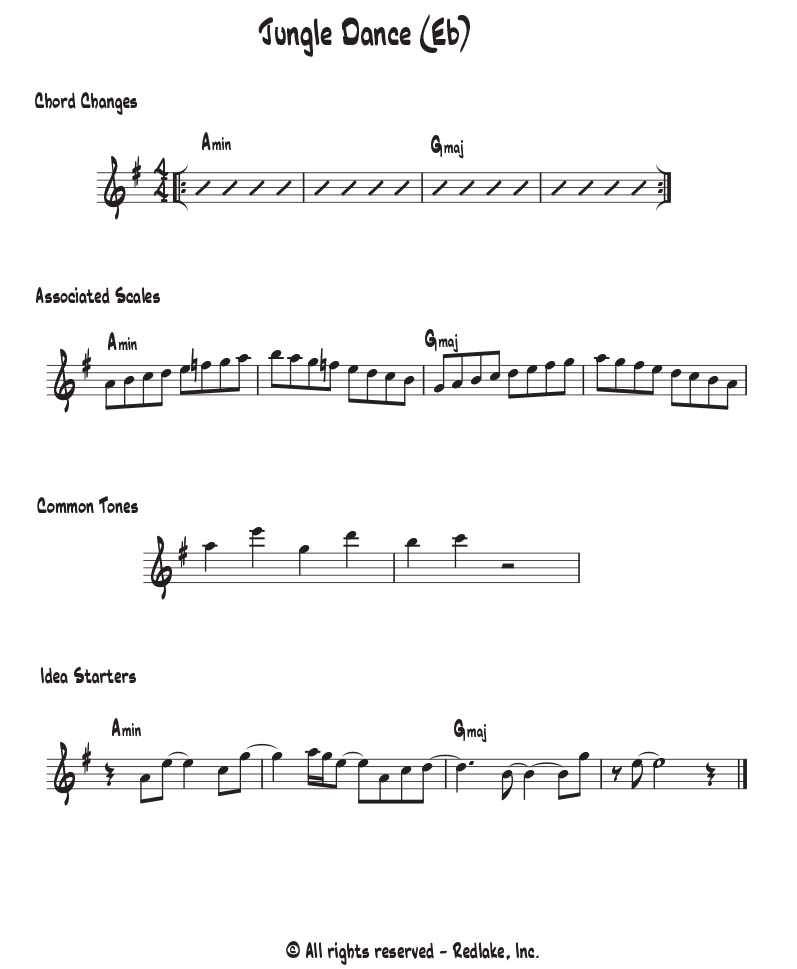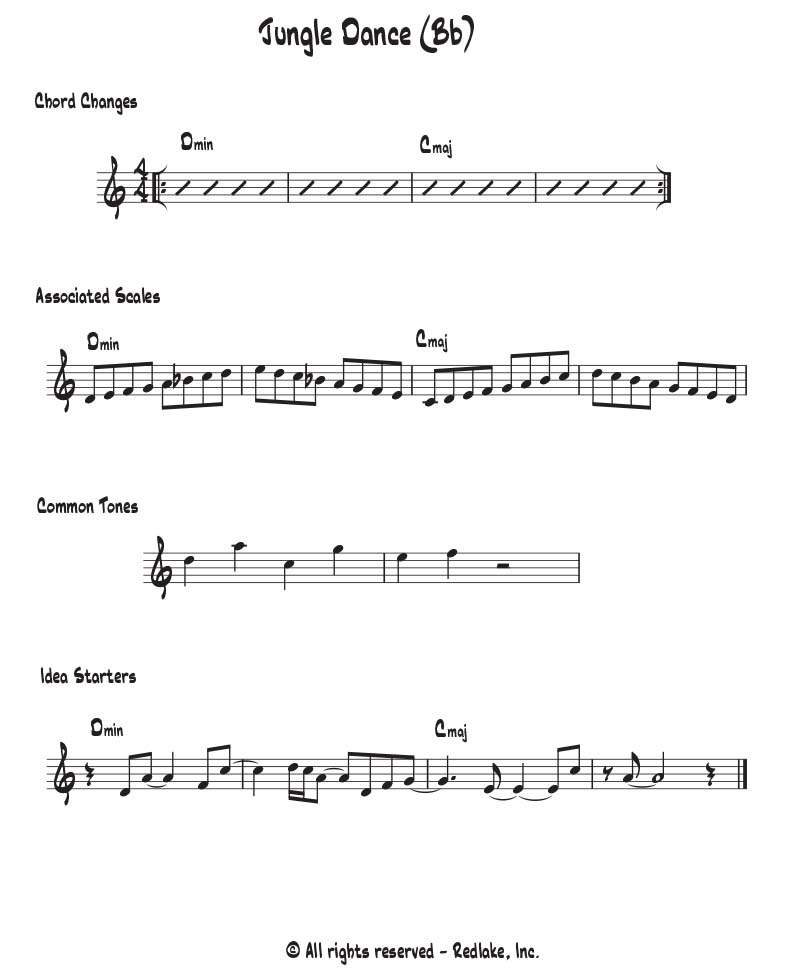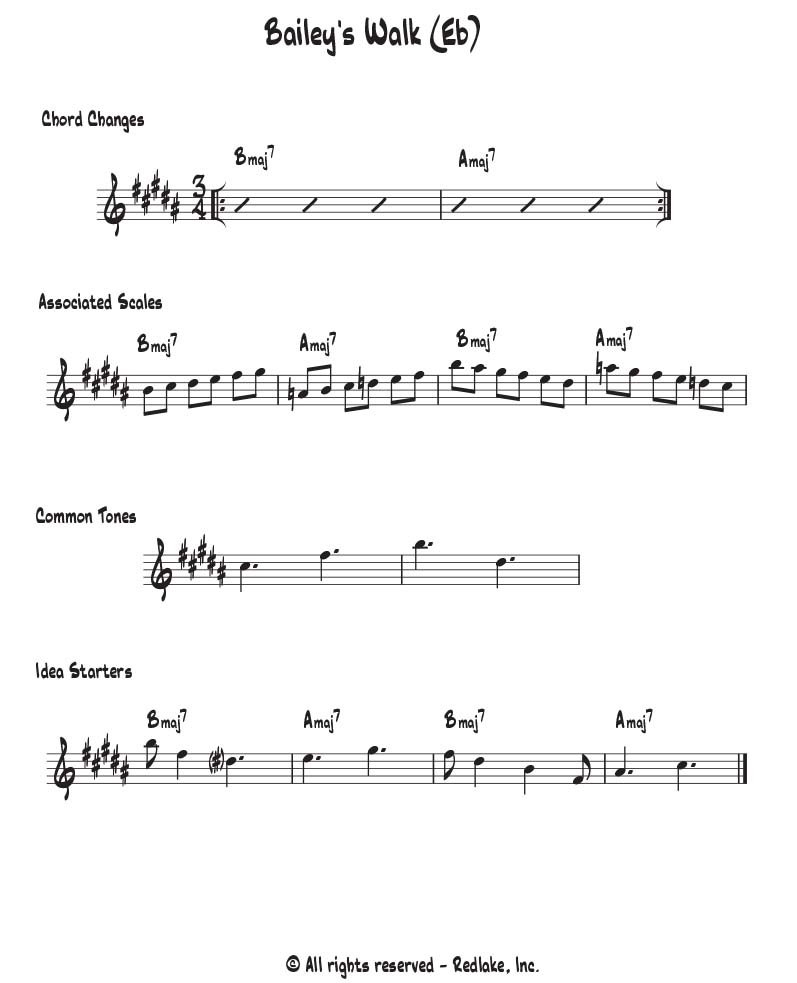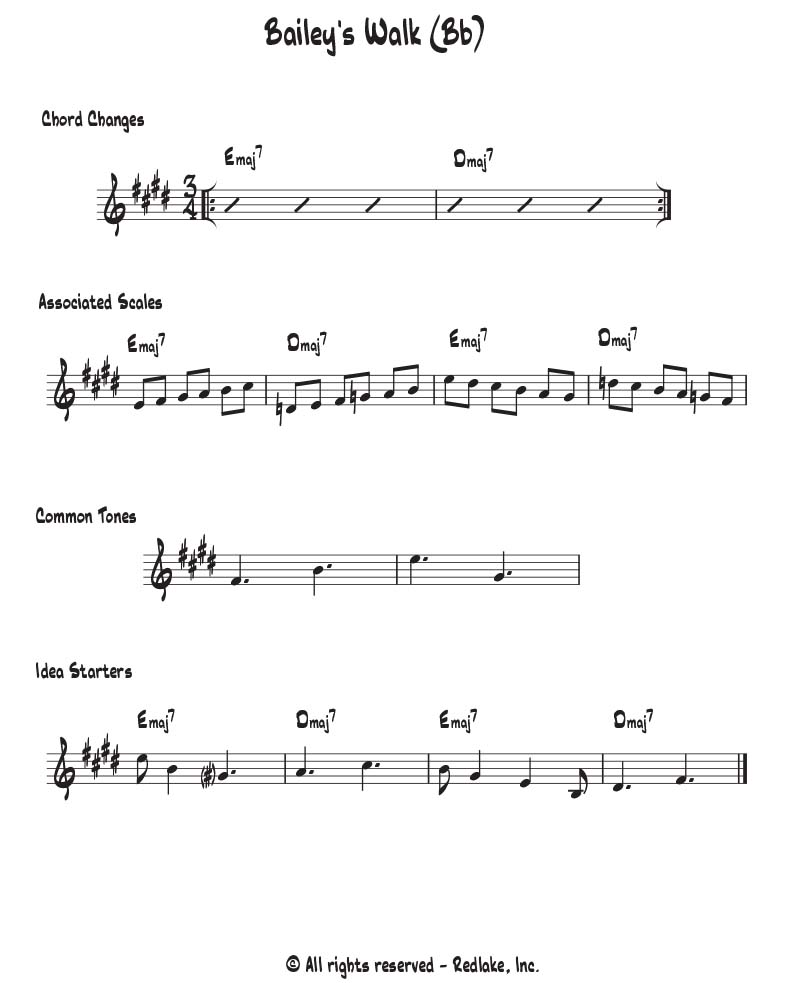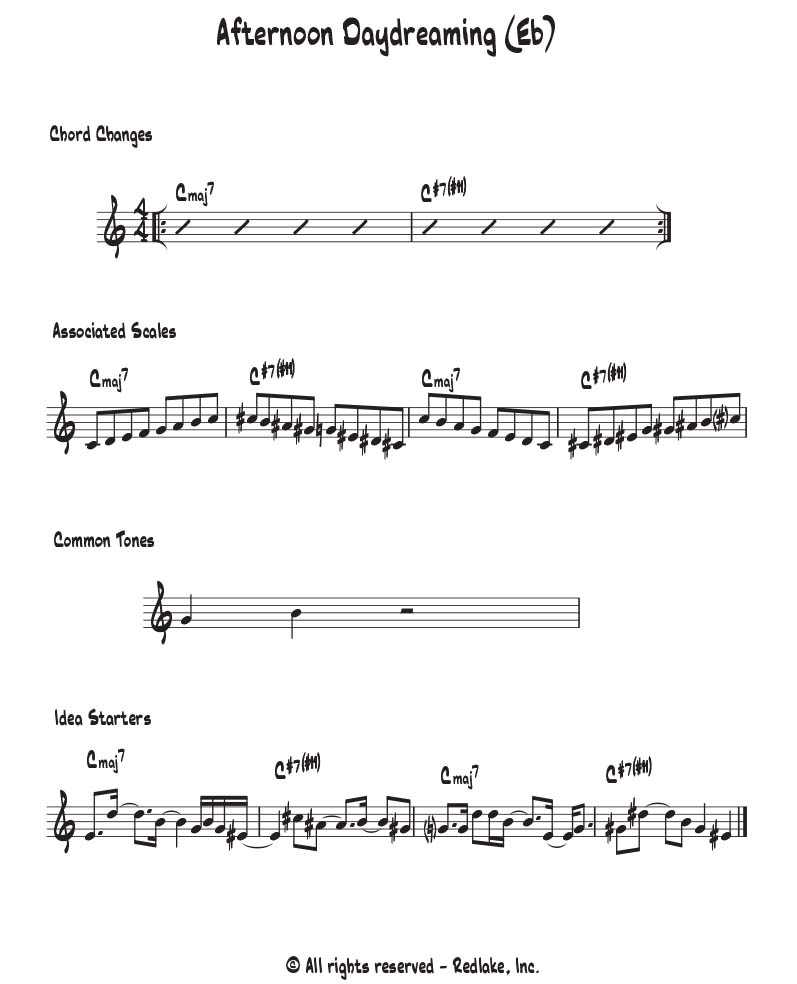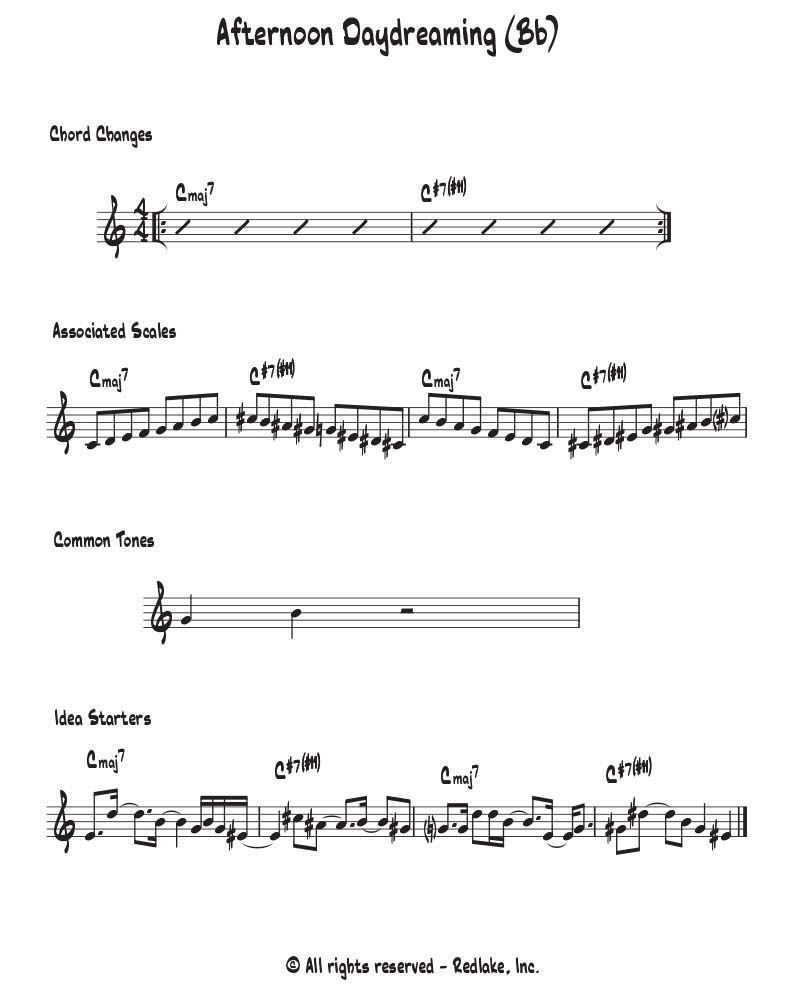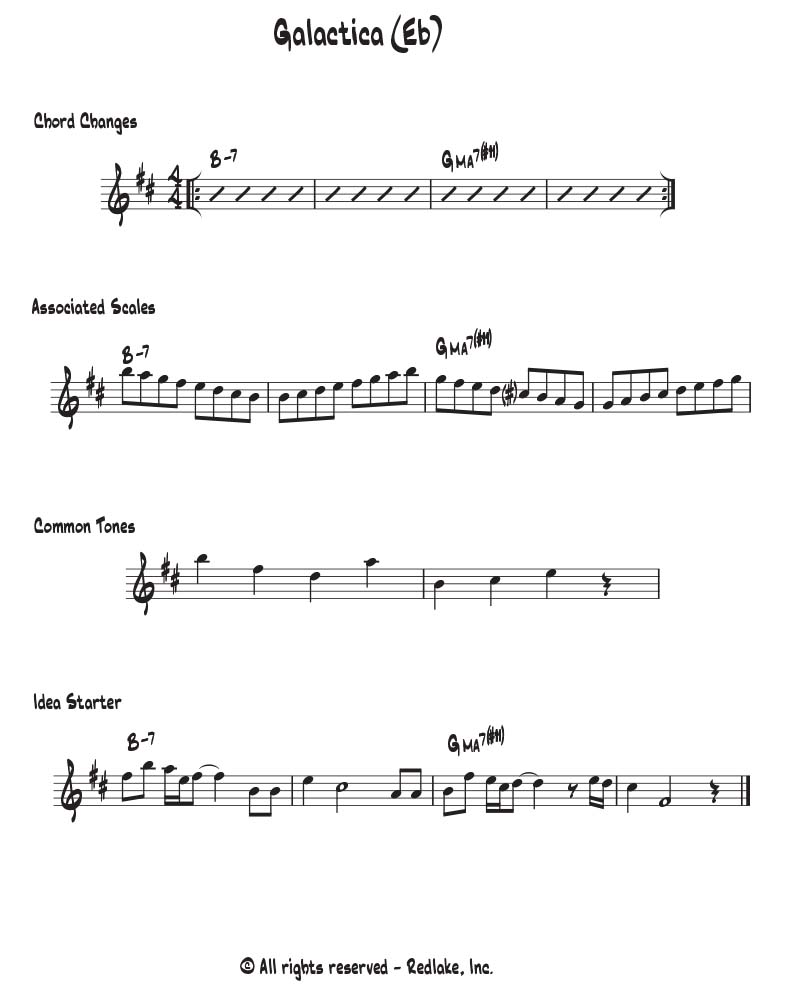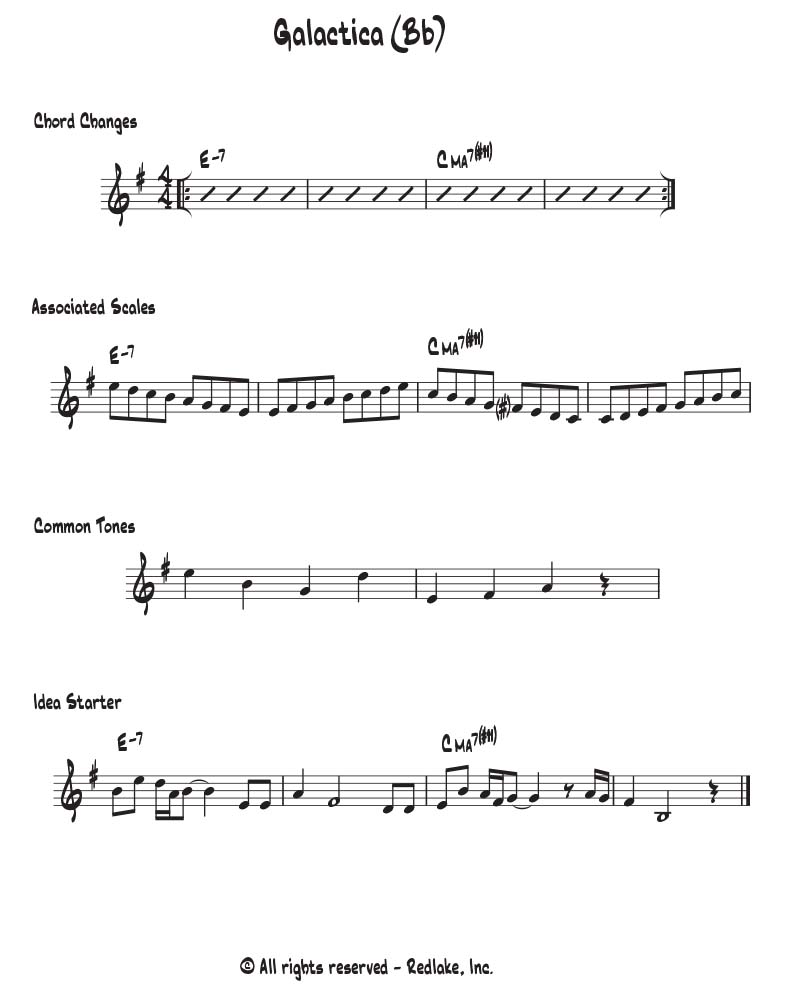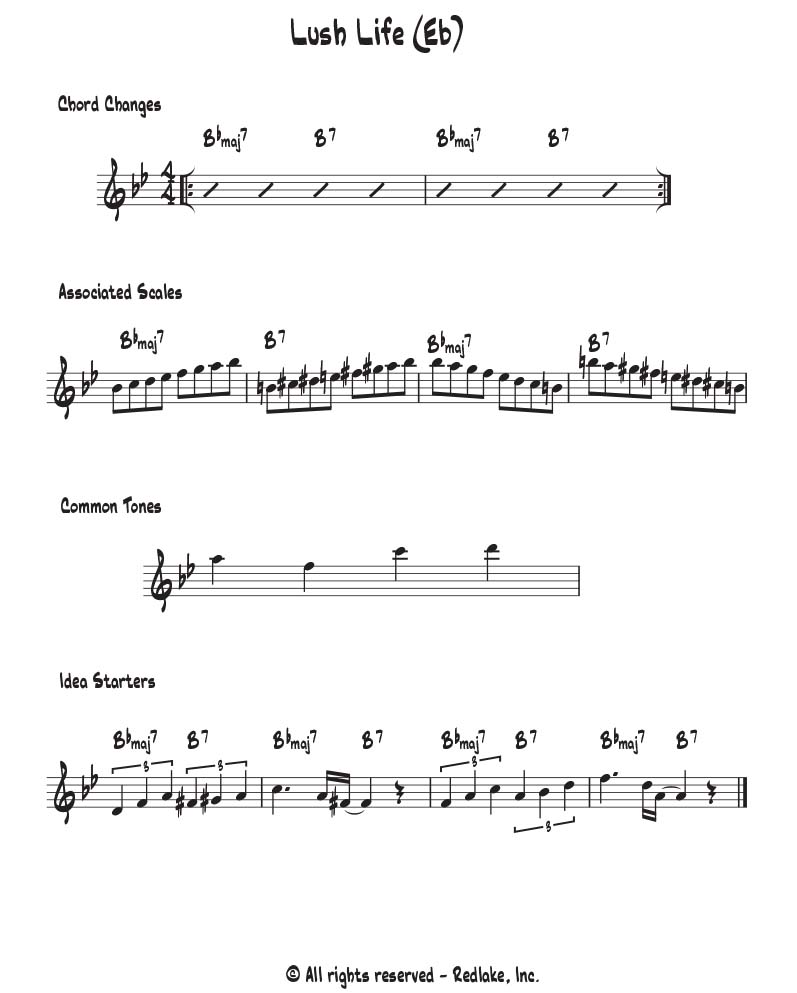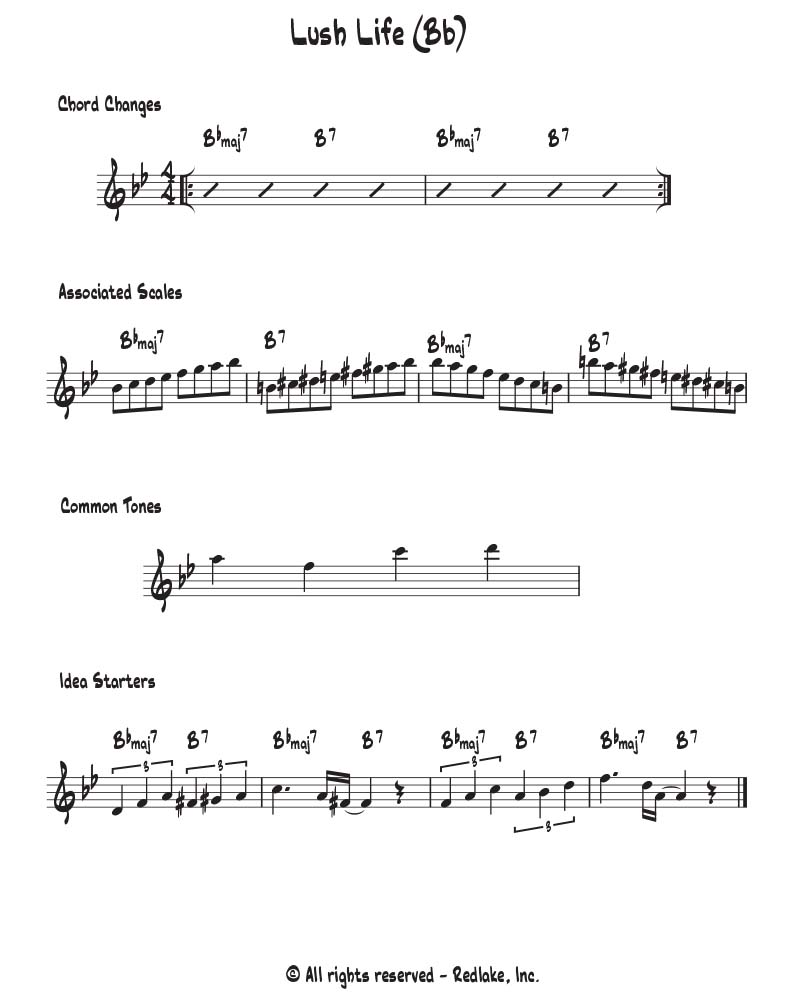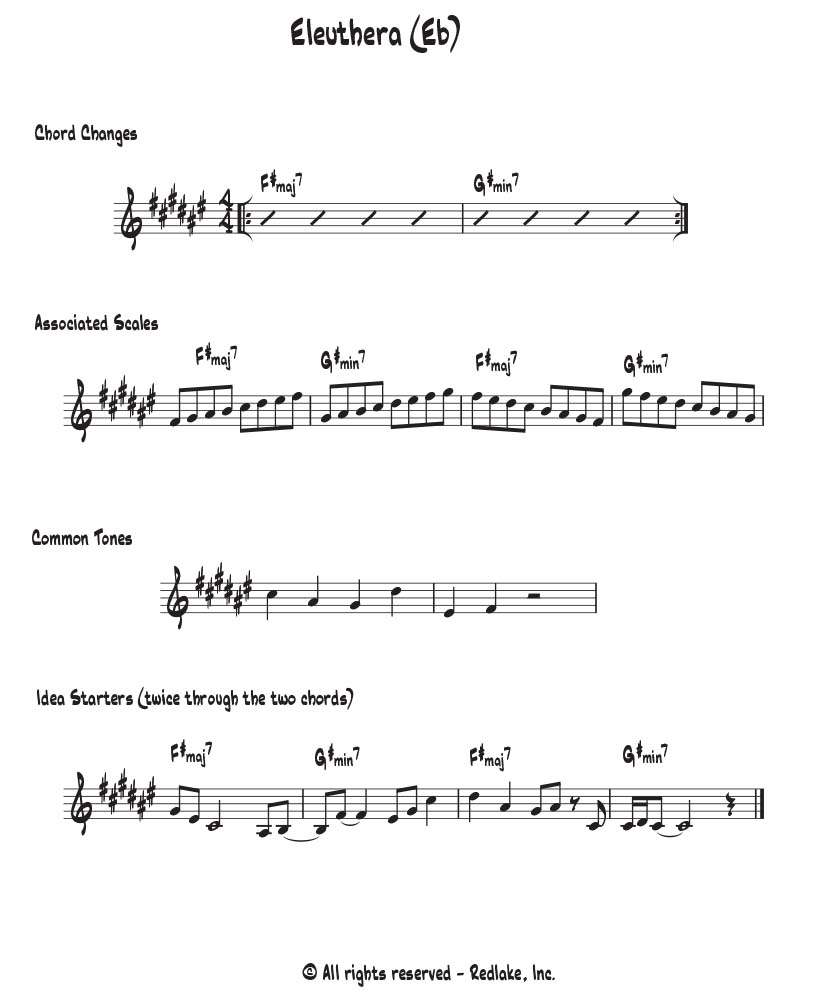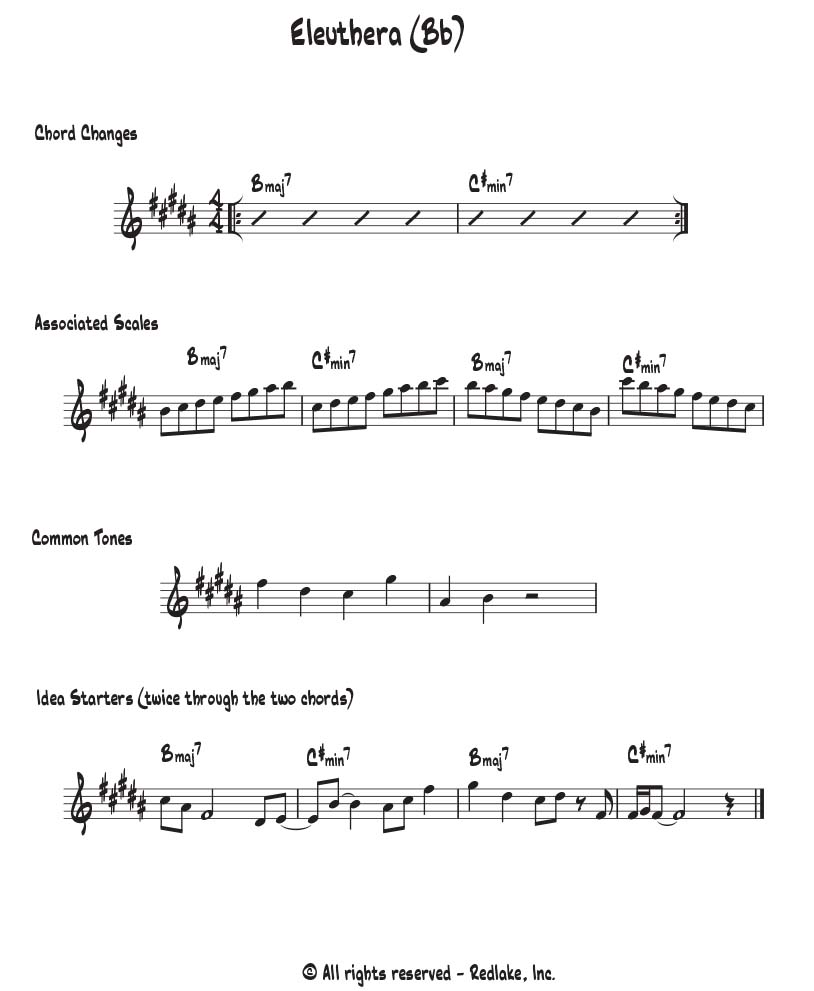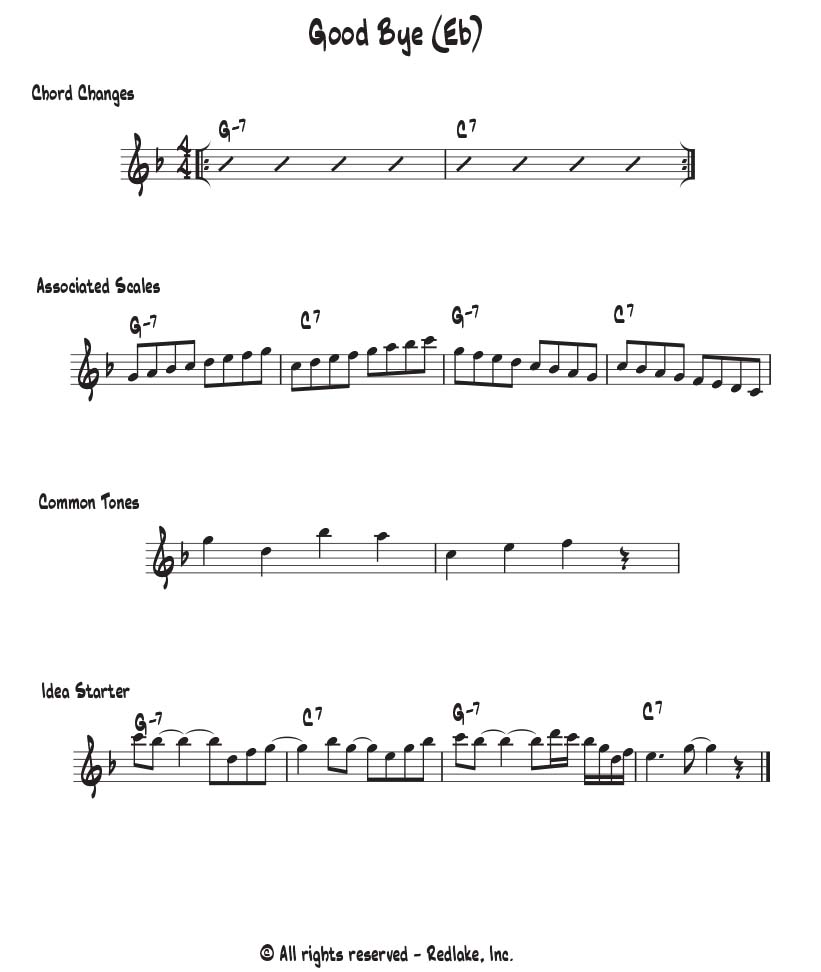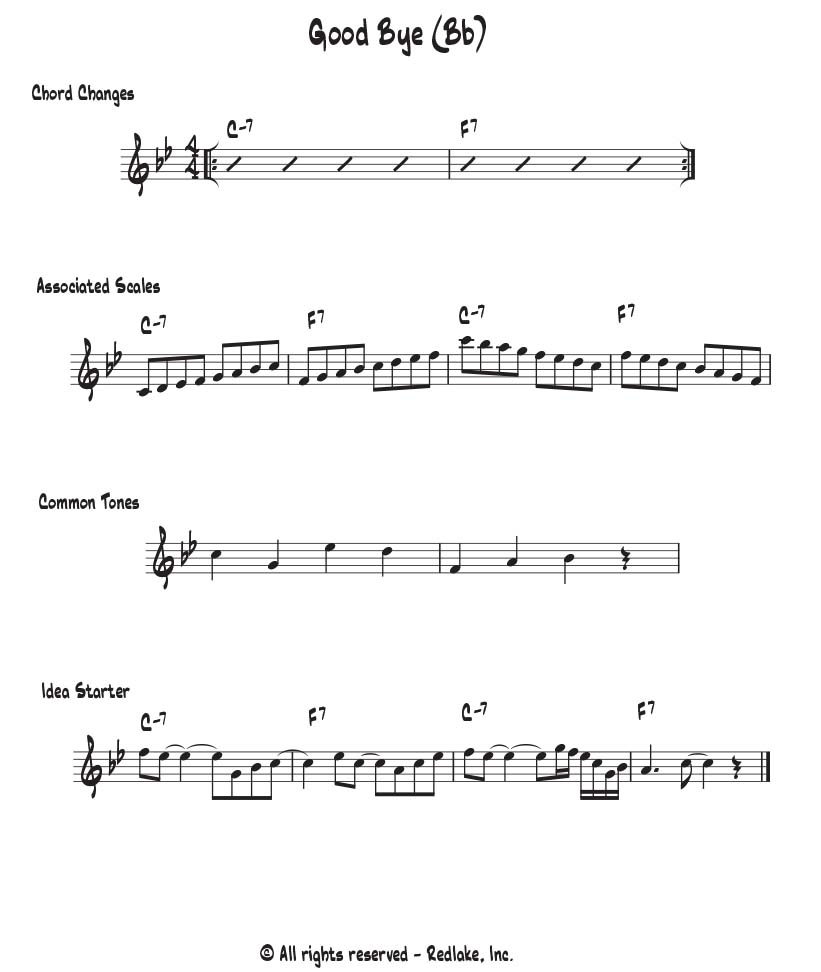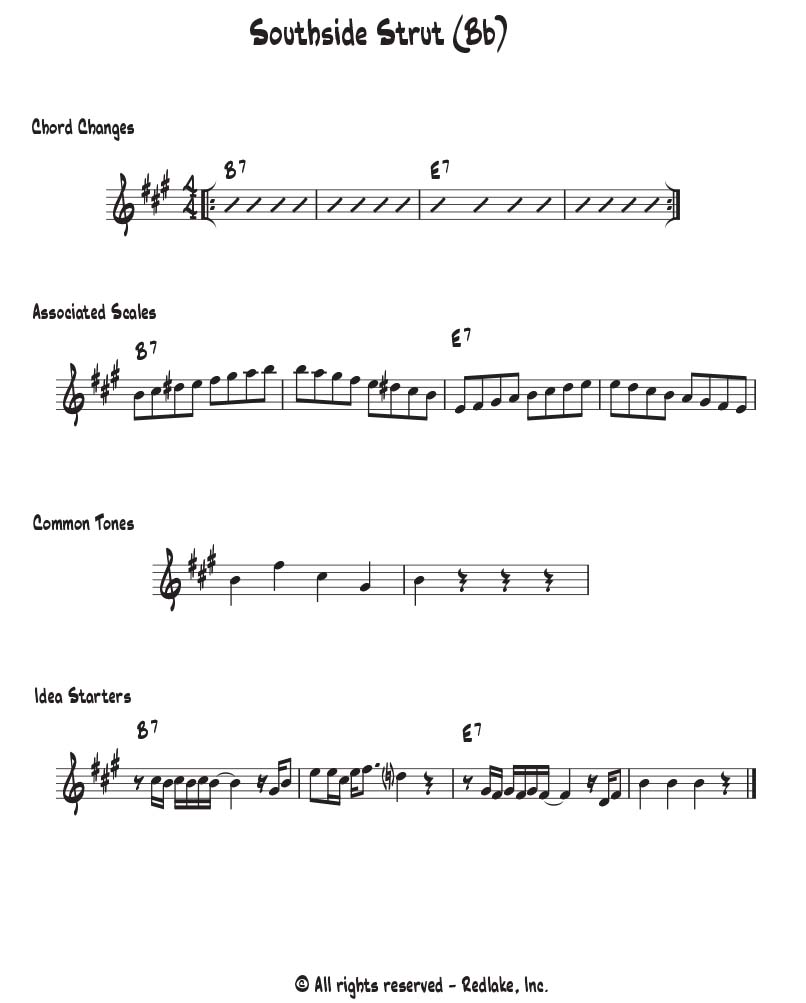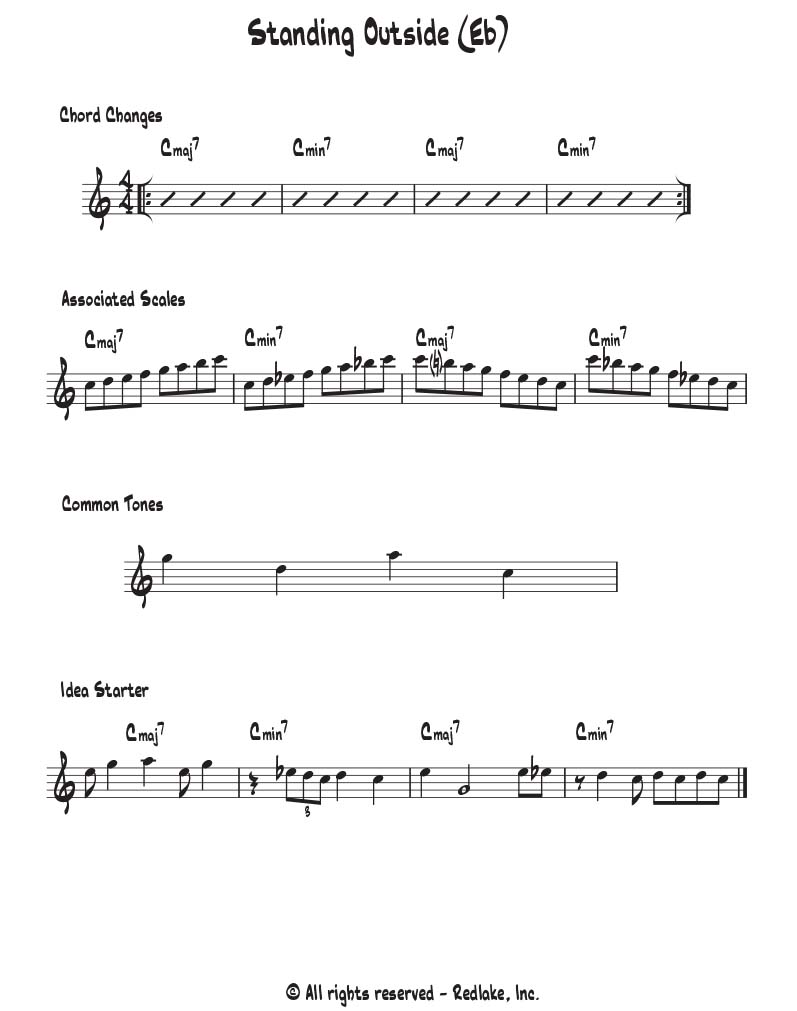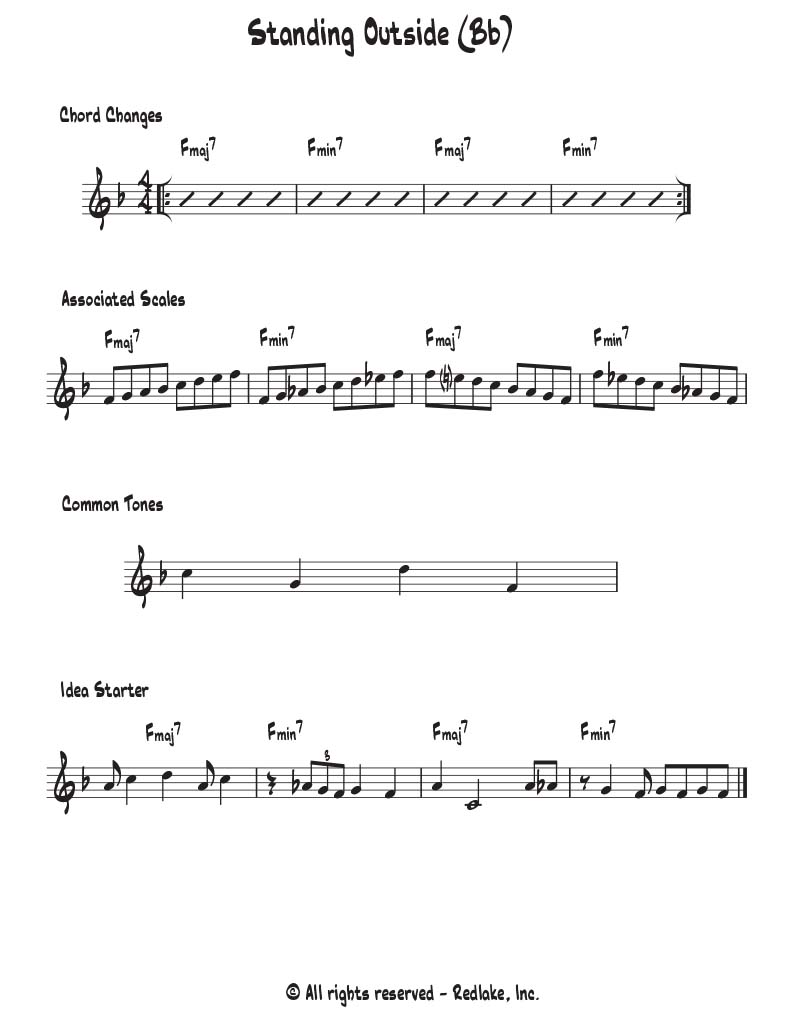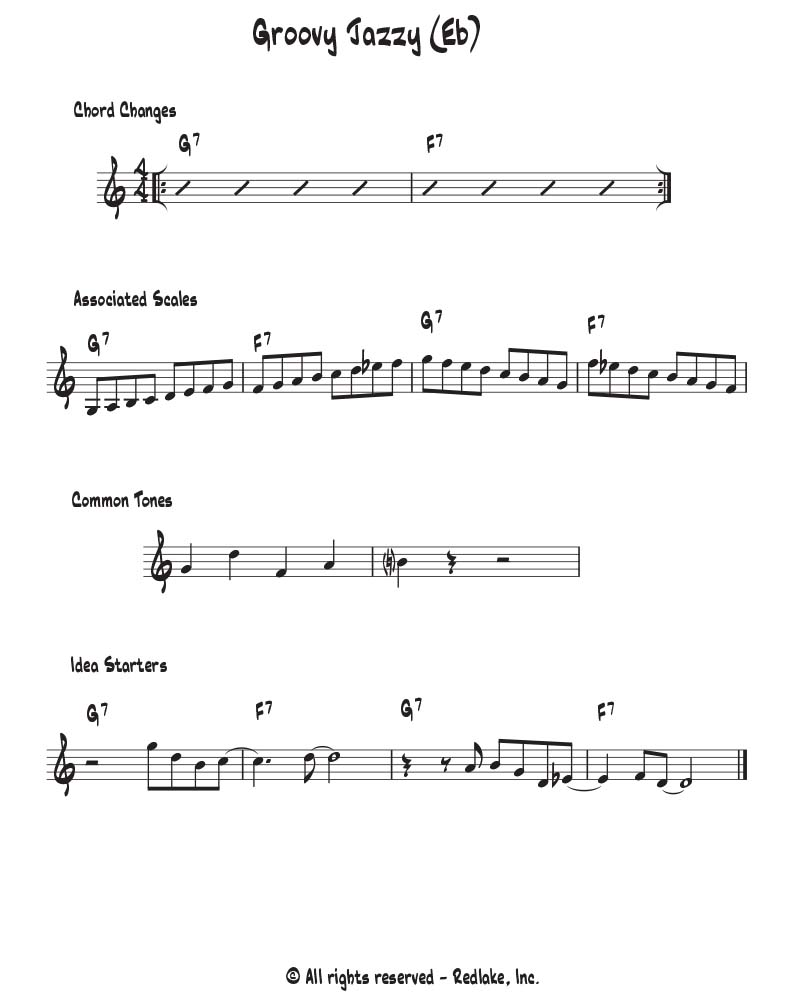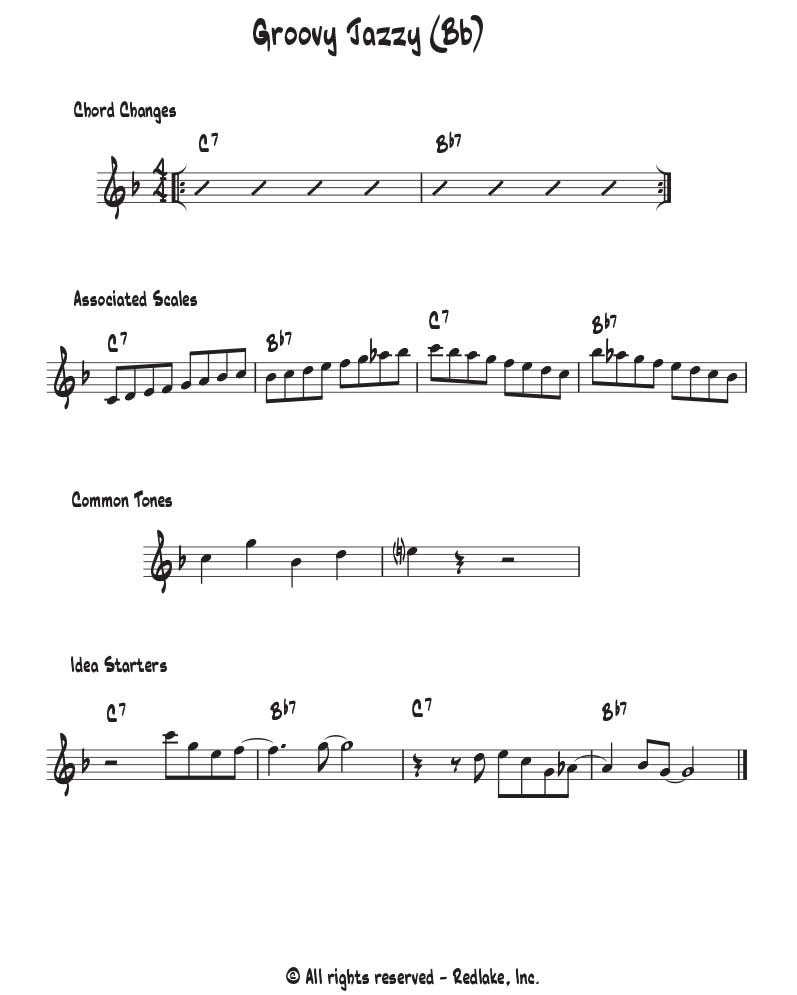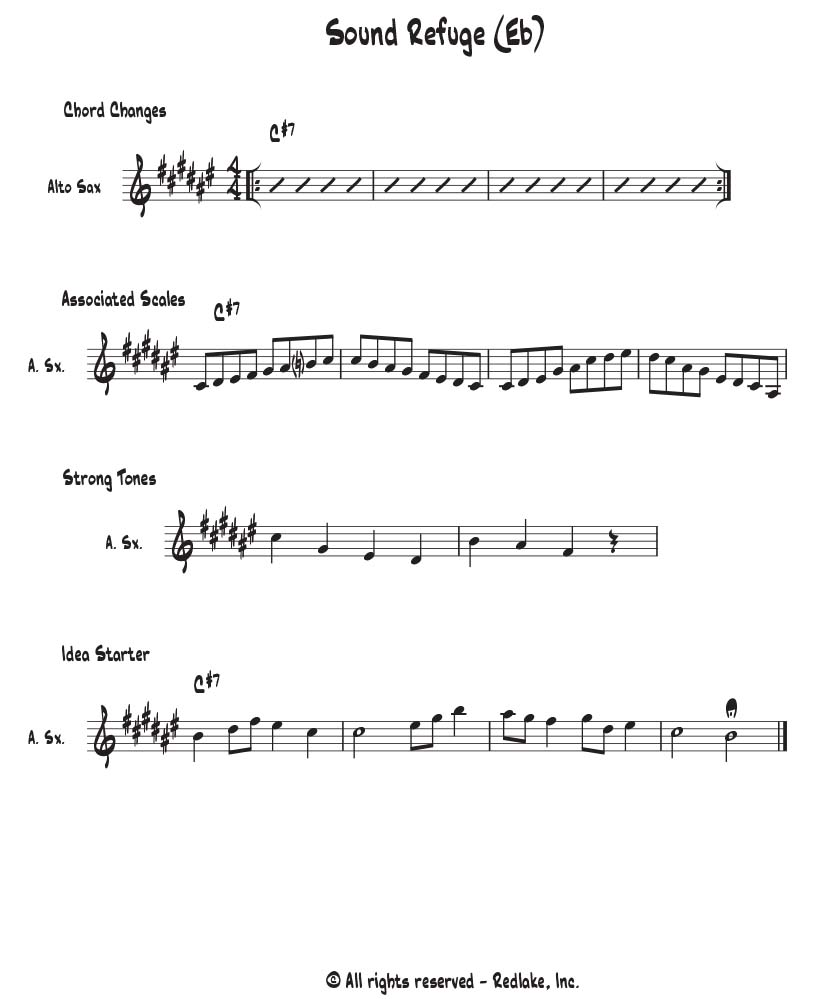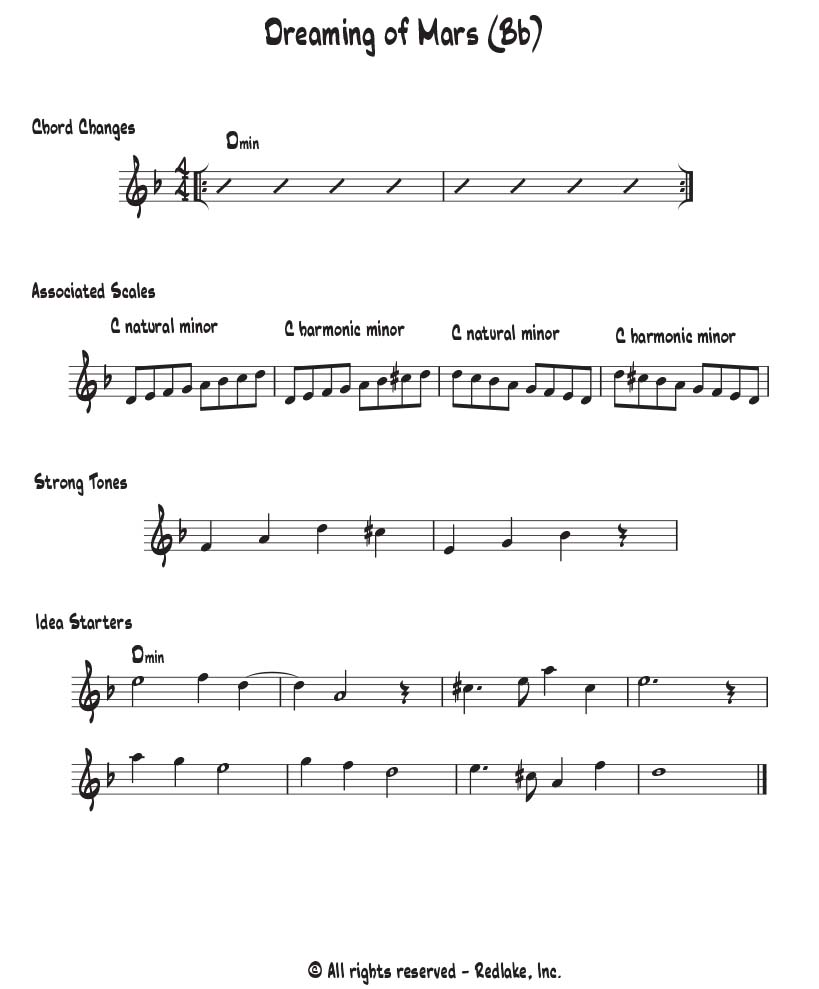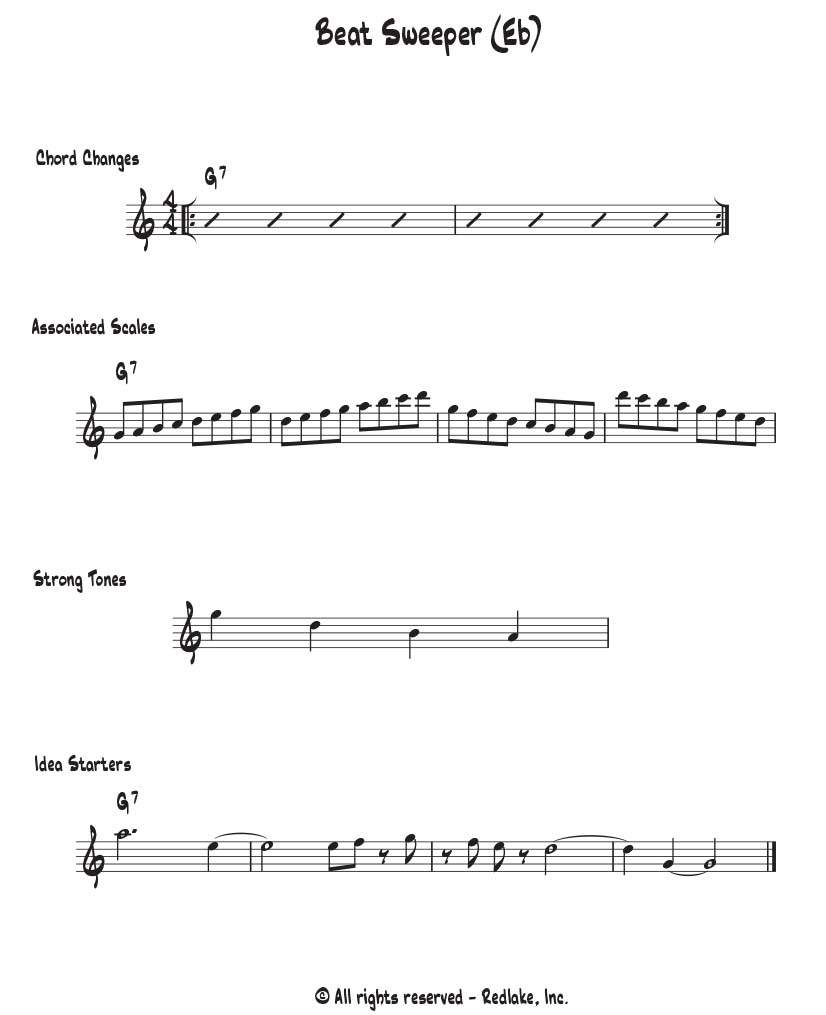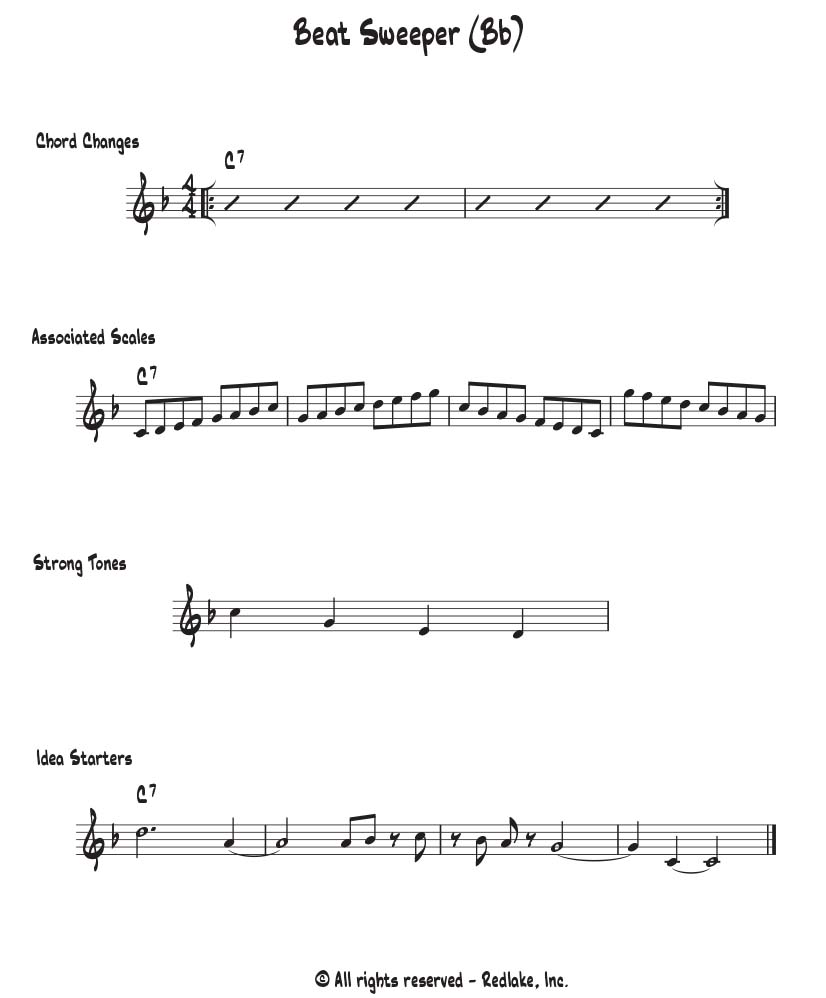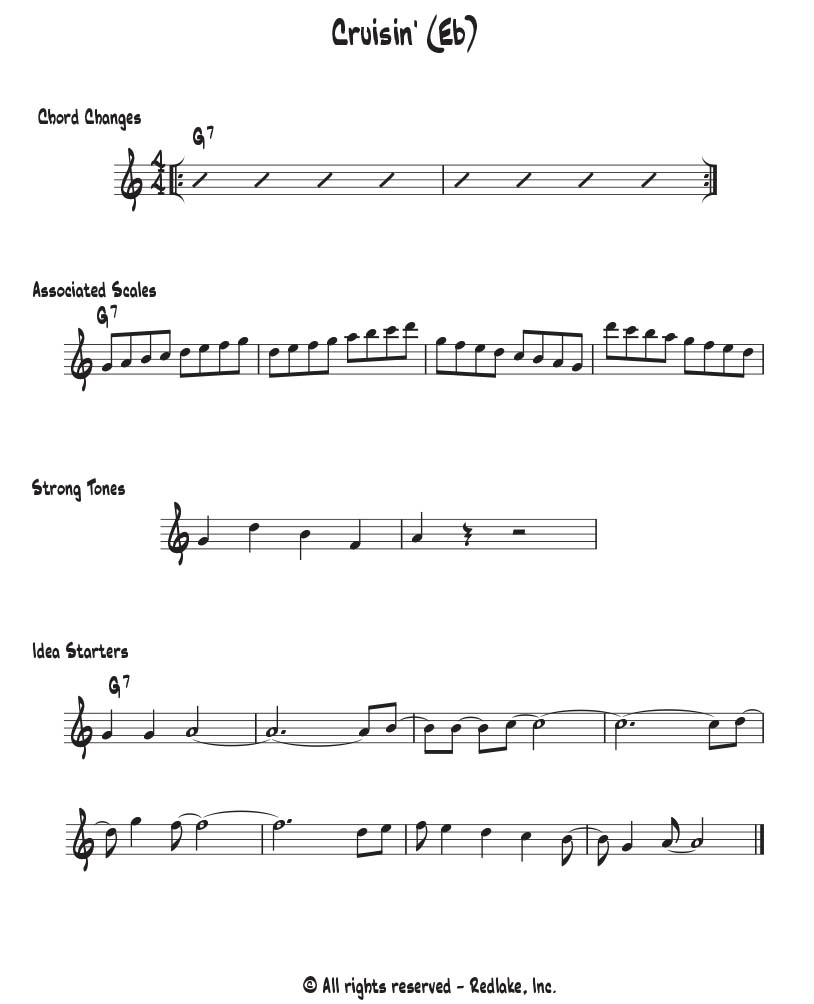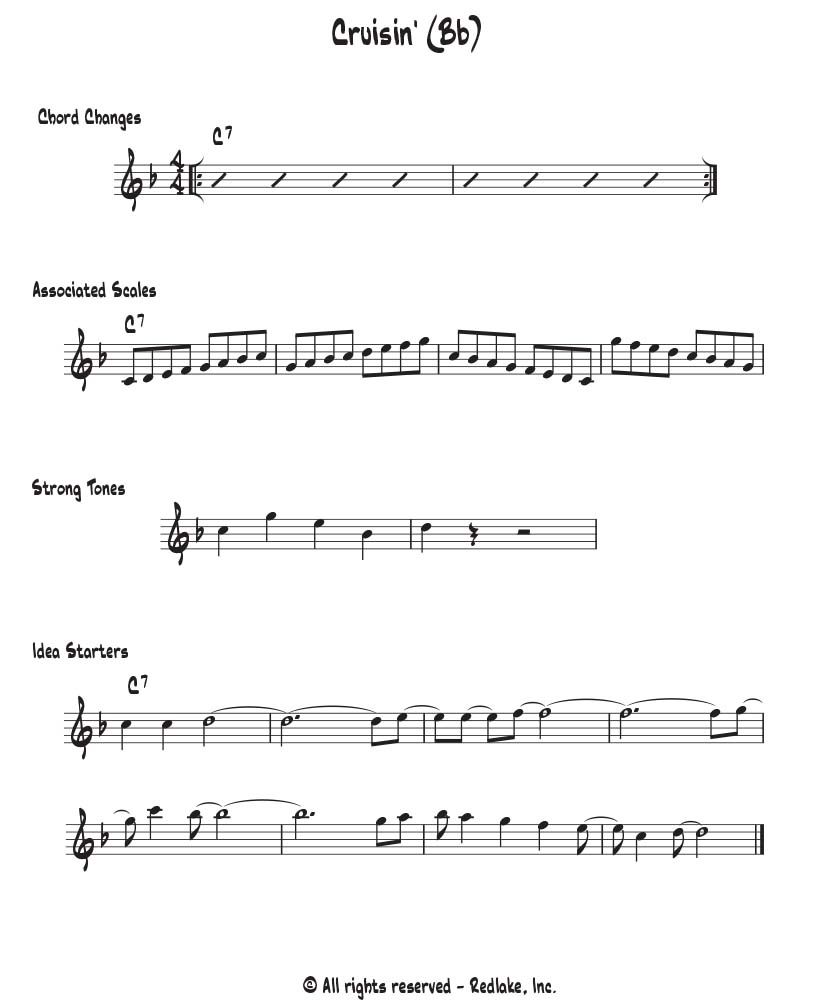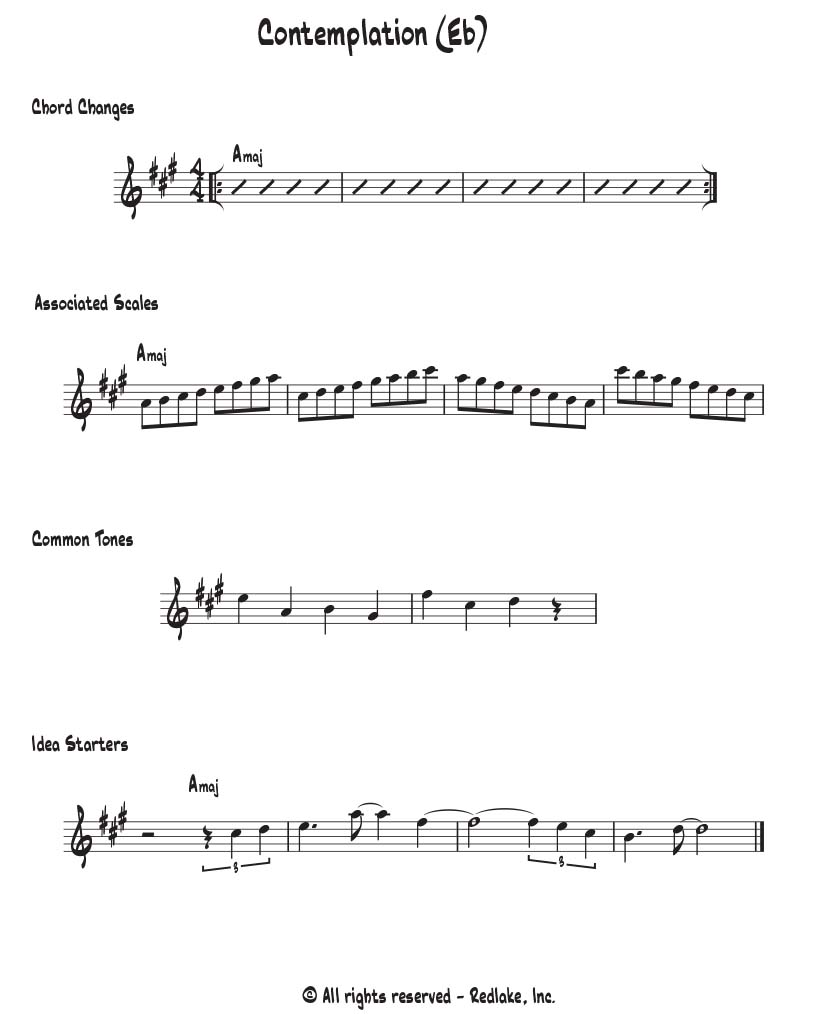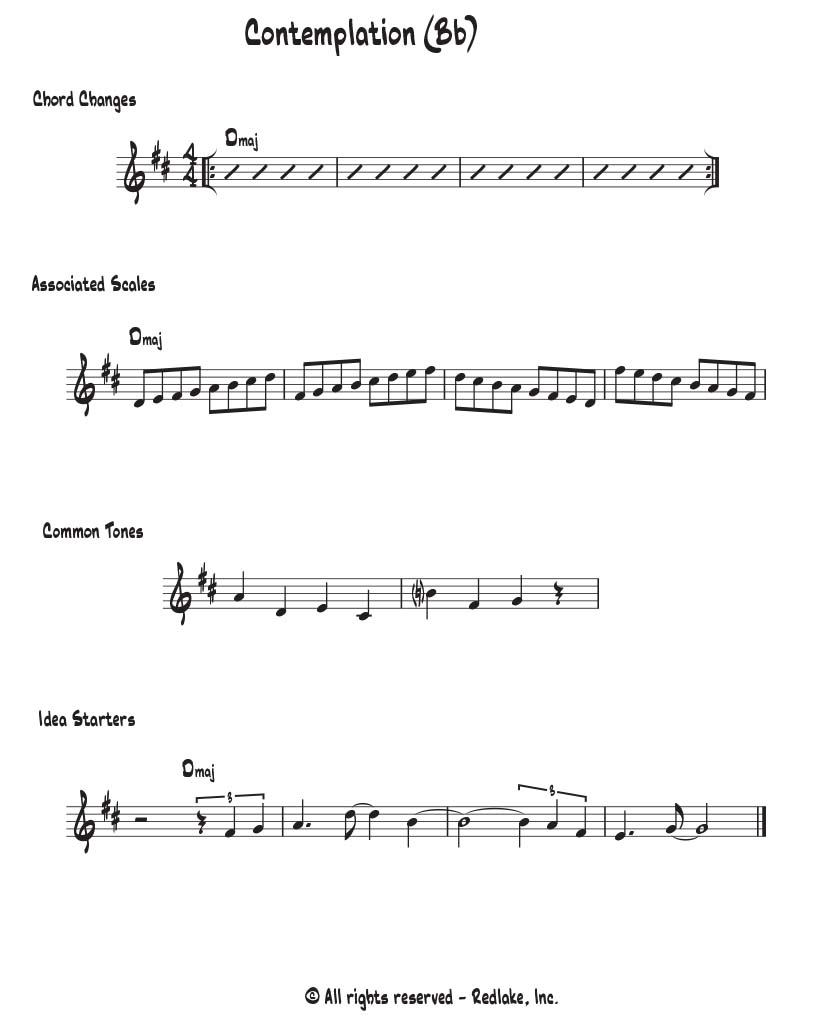Lessons Learned
This was one of the great musical experiences of my life. And luckily it was recorded. I still get chills when I listen to it.
What I hope to convey to you is that each decision we made in that session was a nanosecond reflex. These are not verbal decisions and of course, they’re not linear. They’re just reactions based on years of playing experience and a lifetime of musical knowledge.
I’m a composer and that influences my improvisation. While I’m playing, I’m being compositional. That’s why The Snow Leopard unfolded in such a deliberate way.
When most of us listen to music, we intuitively want to hear statements neatly contained within a beginning, middle, and end separated by predictable transitions. It’s hard to do this with intentionality because it can sound academic. To make it sound natural coming from your intuition is difficult. It took years for each of us to build that into our spontaneous improvisation.
The Snow Leopard was very unusual. This was the first take of an up-tempo piece. Usually, you never use the first take of an up-tempo piece because it’s so easy to be inaccurate and mess it up. But not with George and Jack.
The perfect circumstances came together for that record date. It wasn’t the first recording I made at ECM studios that week. I had done another record date with Jack, George Adams, and Dave Holland the day before. We recorded George Adams’ album called Sound Suggestions with Kenny Wheeler. Because of that, I was already there for three days recording in the same studio with Jack. So I was warmed up and comfortable. I wasn’t jet lagged. I felt good.
So perhaps all that had something to do with it, but in the end the recording of The Snow Leopard was inexplicable magic.
Recording jazz piano, either trio or solo, is about making improvisational statements that hang together in a compositionally unified way so that it becomes interesting to hear and deep enough to get something new from repeated listenings.
Another element of us frequently playing together allowed the three of us to record as we did. It was the trust we had in each other that allowed us to hear and then follow the direction of the music rather than being locked into a preconceived rigid form.
This is about trust and the courage to follow the music’s direction. No risk, no reward. There wasn’t as much risk in this session because of the level of Jack and George’s musicianship.
The people you play with are critical to the outcome. That’s why you hire the best musicians possible and pay them what they’re worth. The results will follow.
We were also helped by starting with a very simple idea for the arrangement. If we had mapped out a complex form and blew over the original changes, by the time we finished playing the head, we’d already be jammed up. Keep your writing simple and the arrangement open-ended always with the anticipation that things can evolve.
Now that I’ve described the details of the recording session for The Snow Leopard, let’s examine how we made it all happen.

